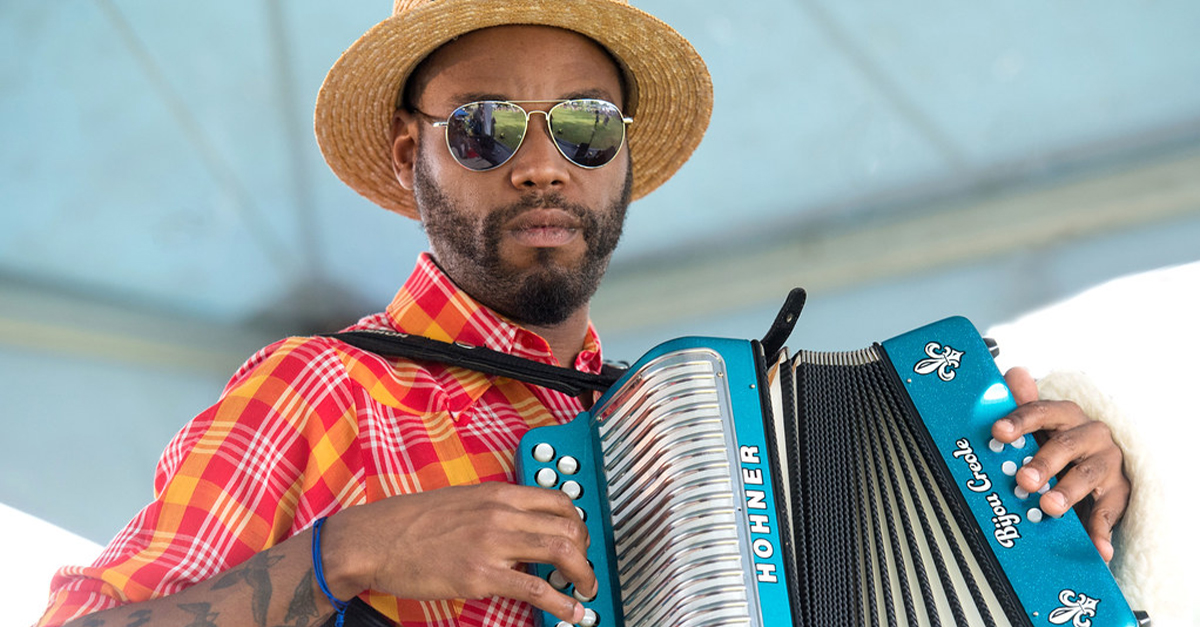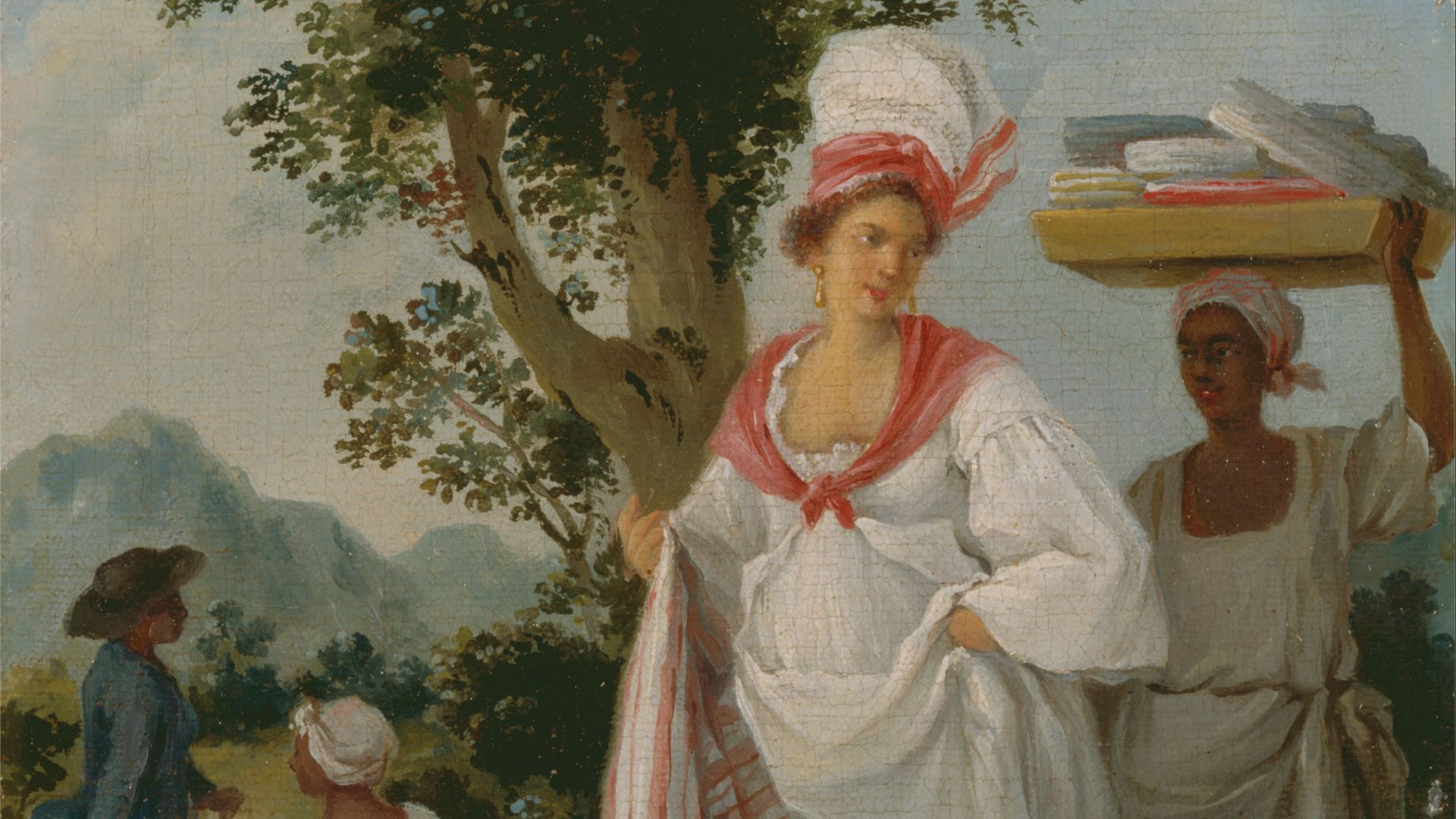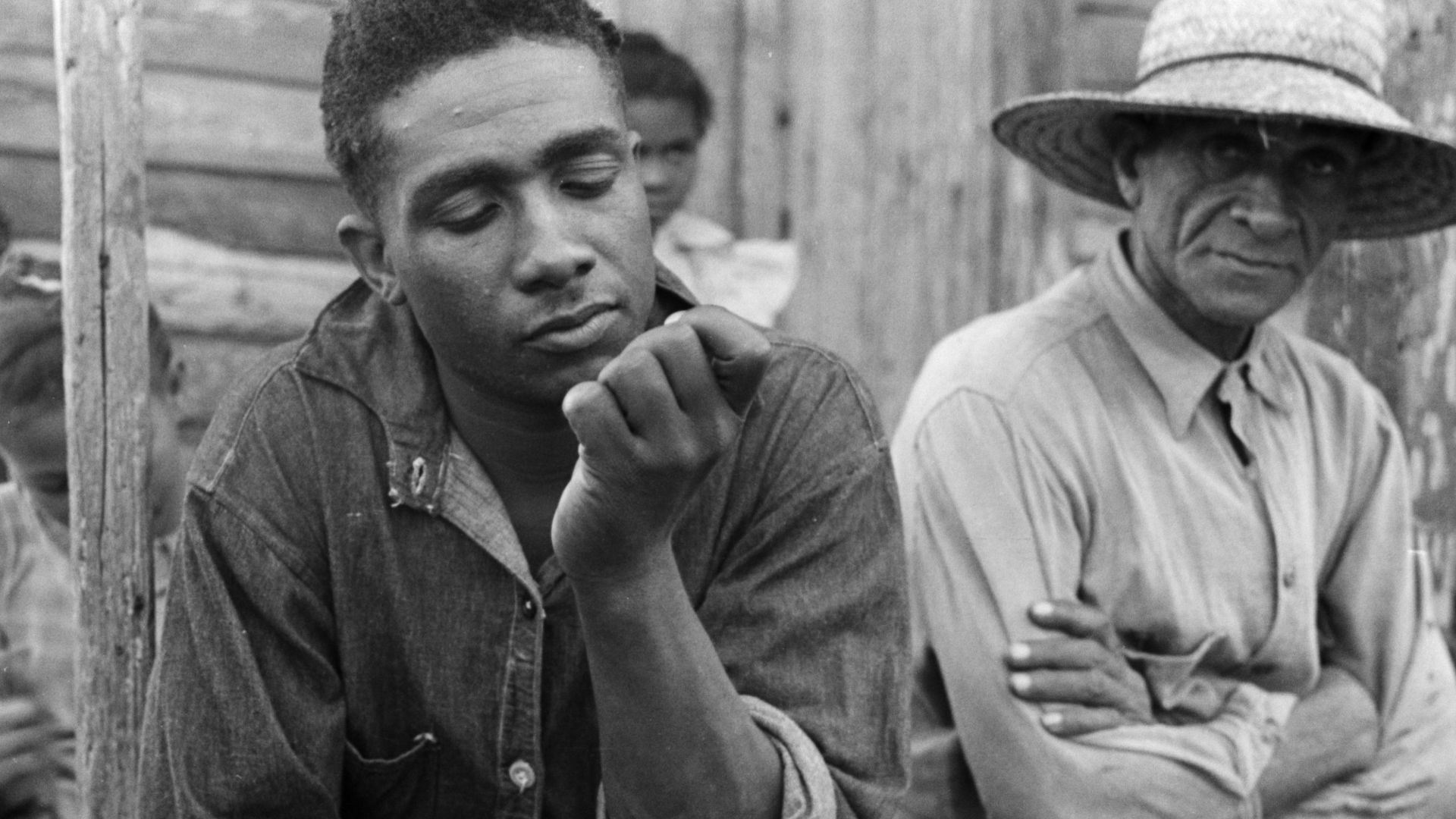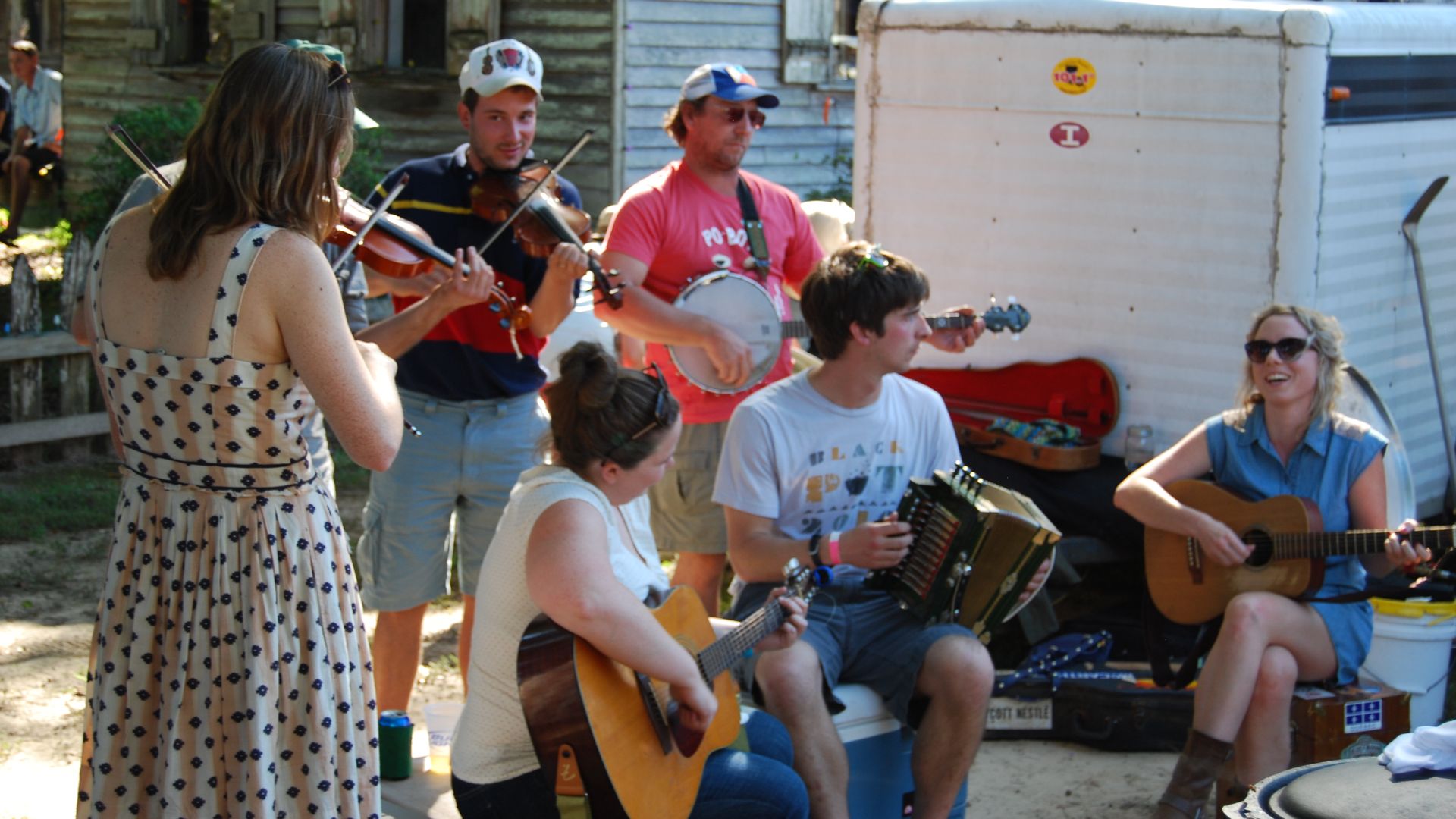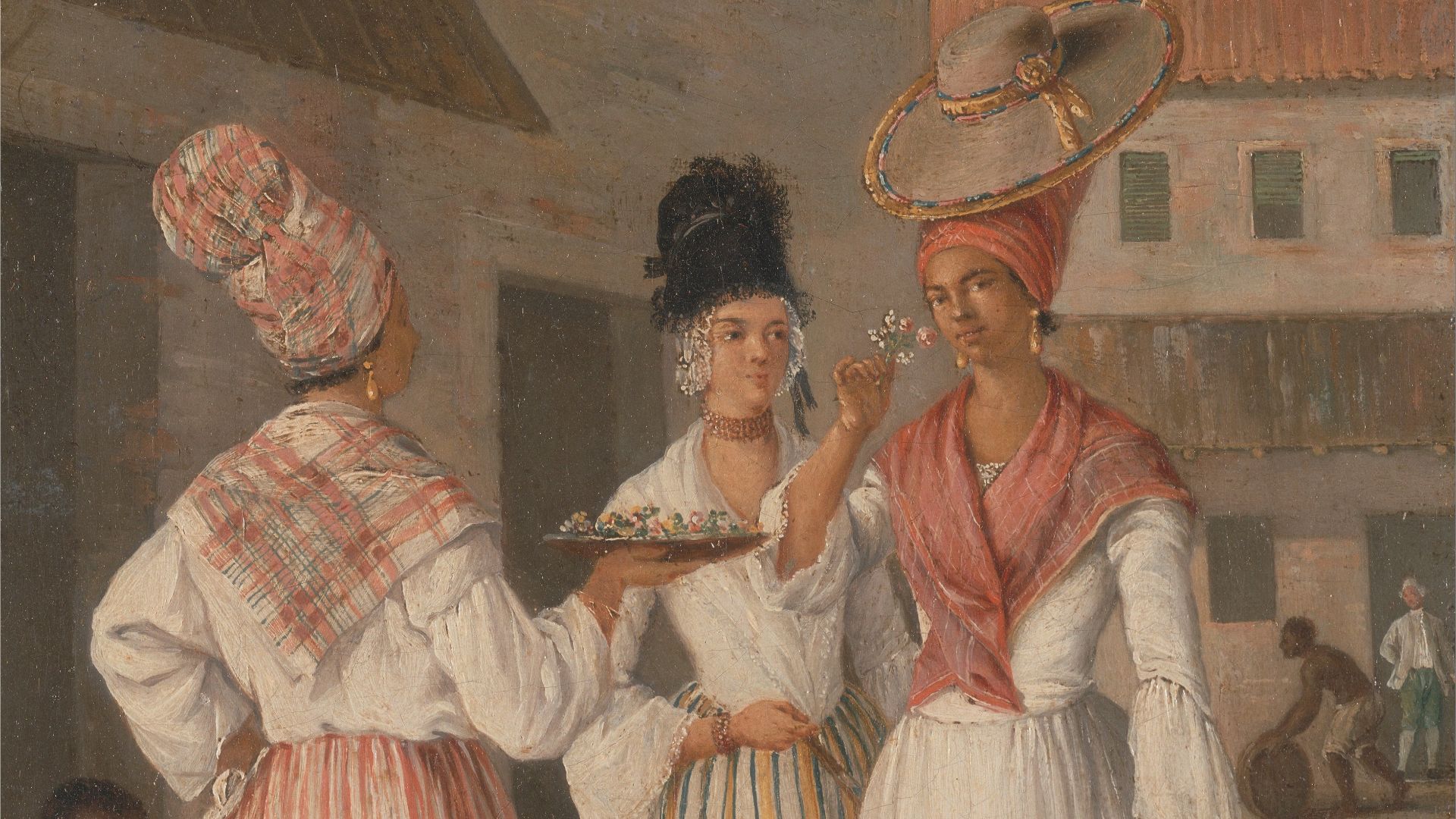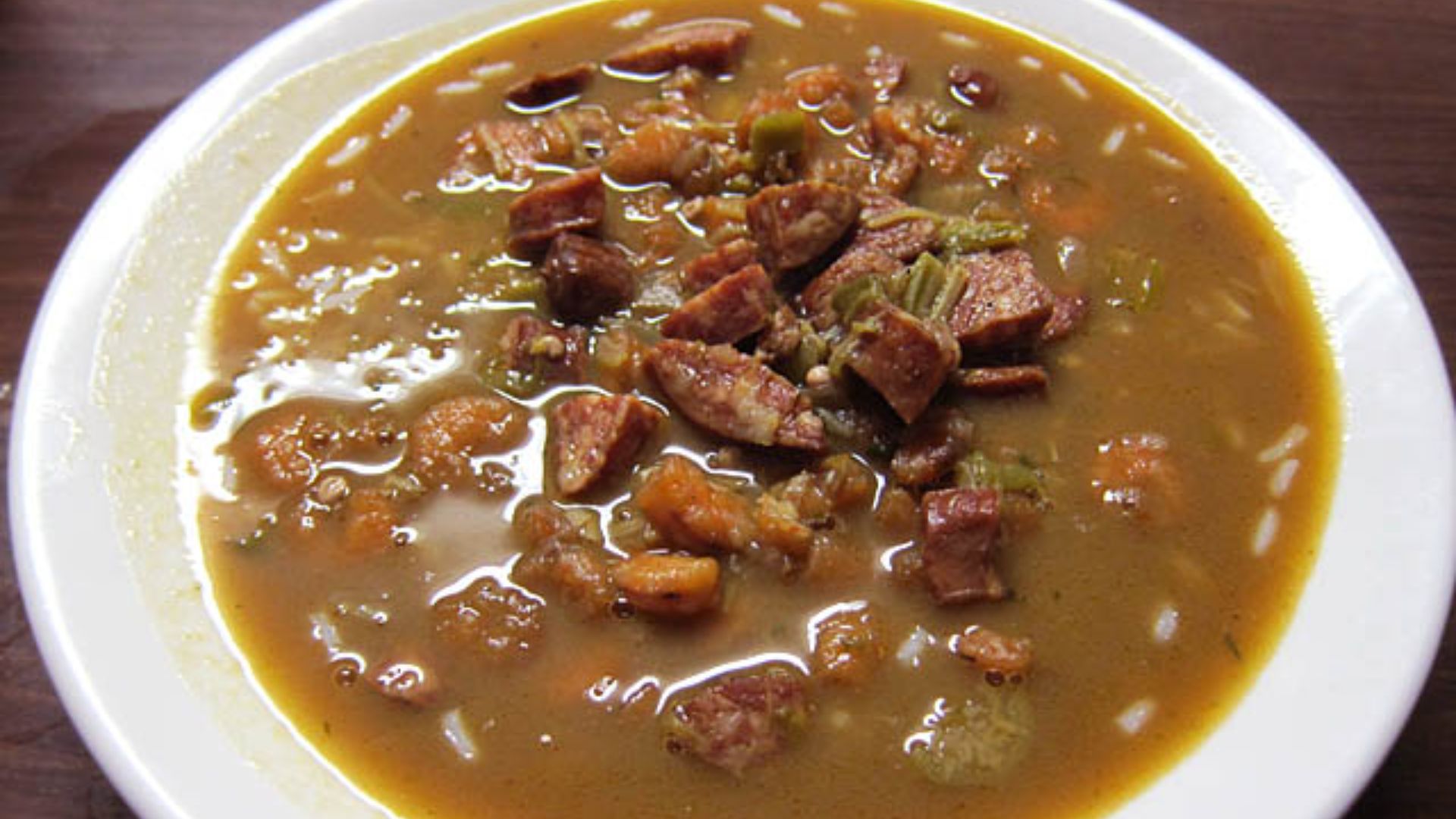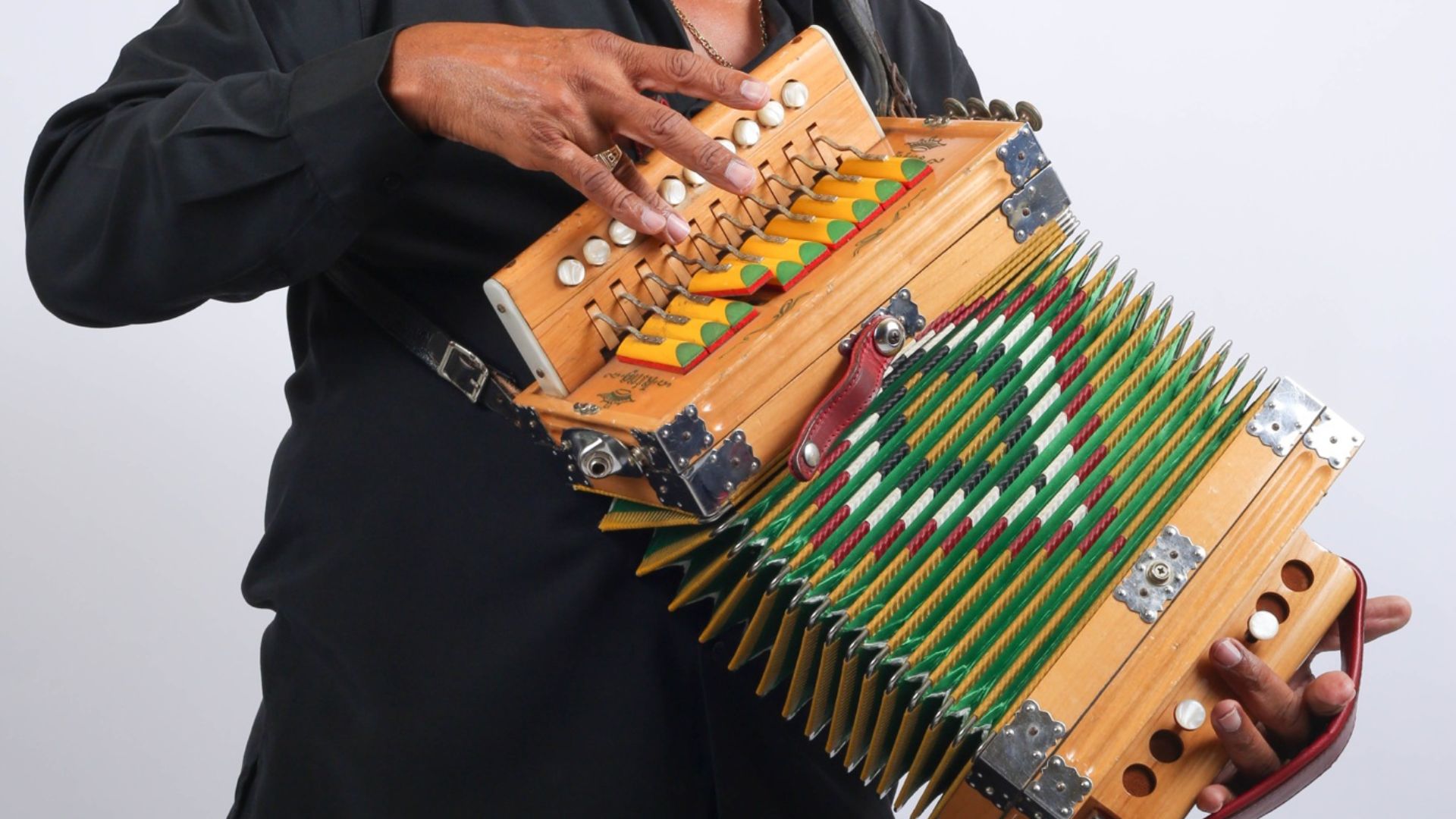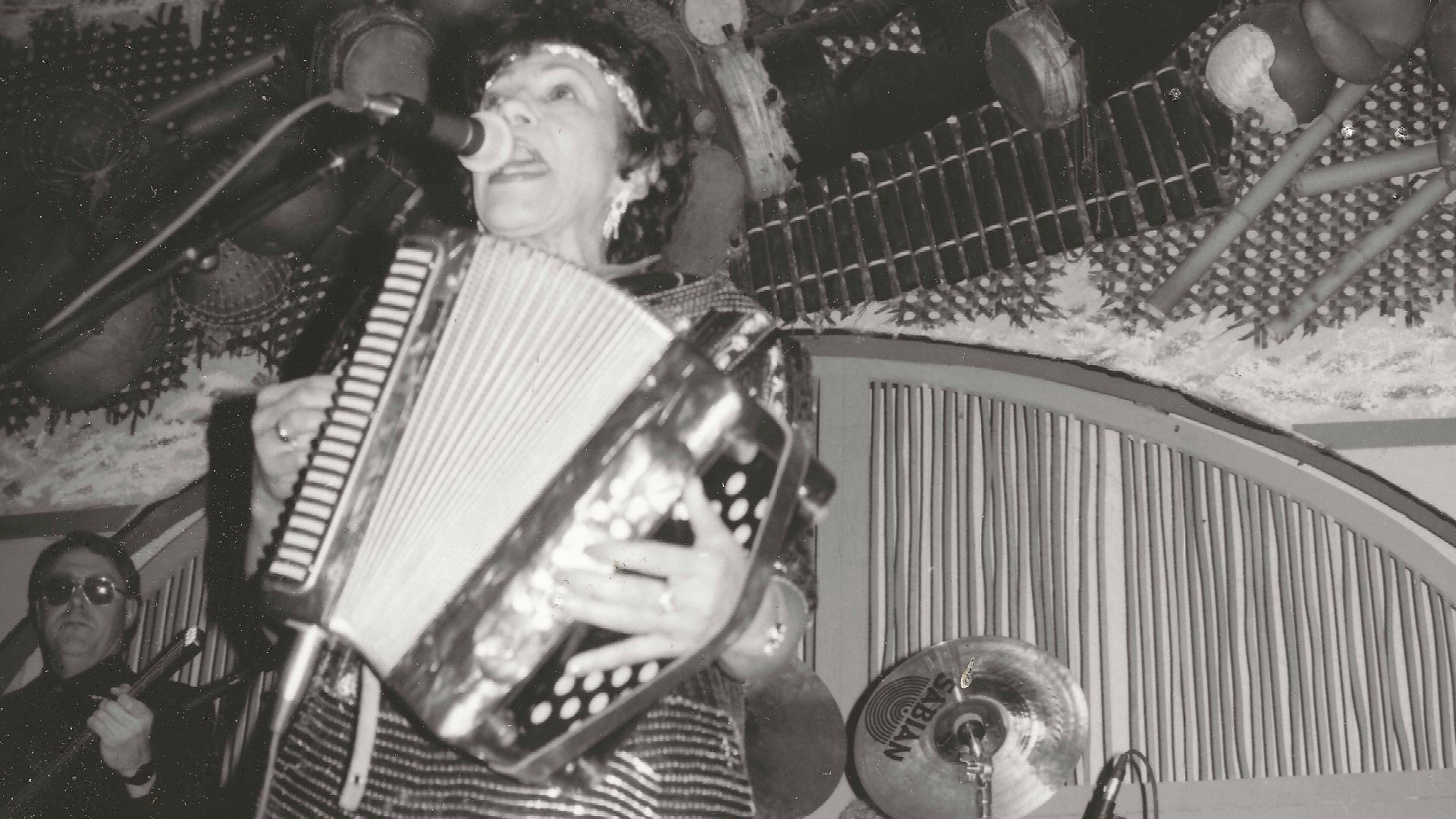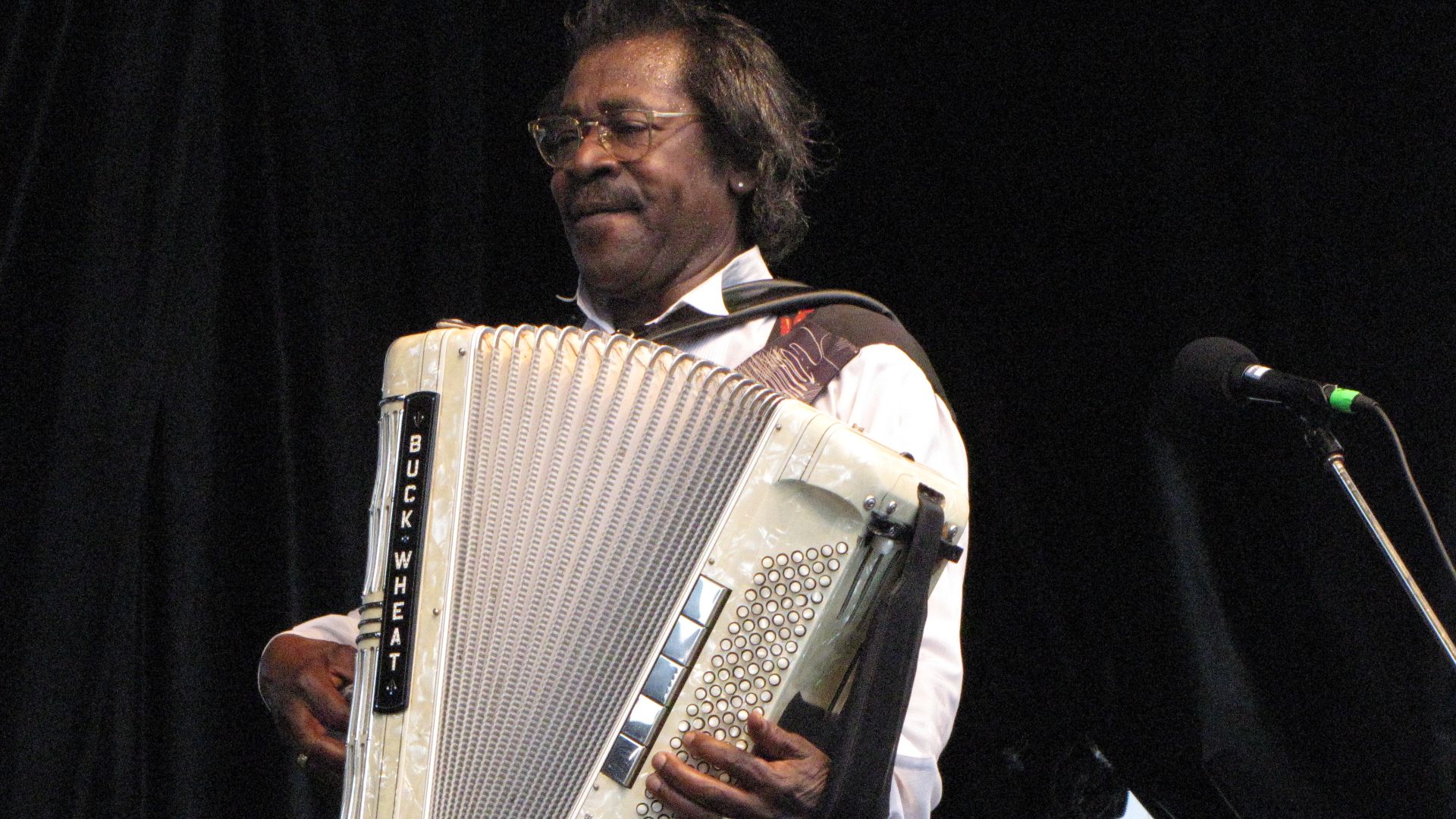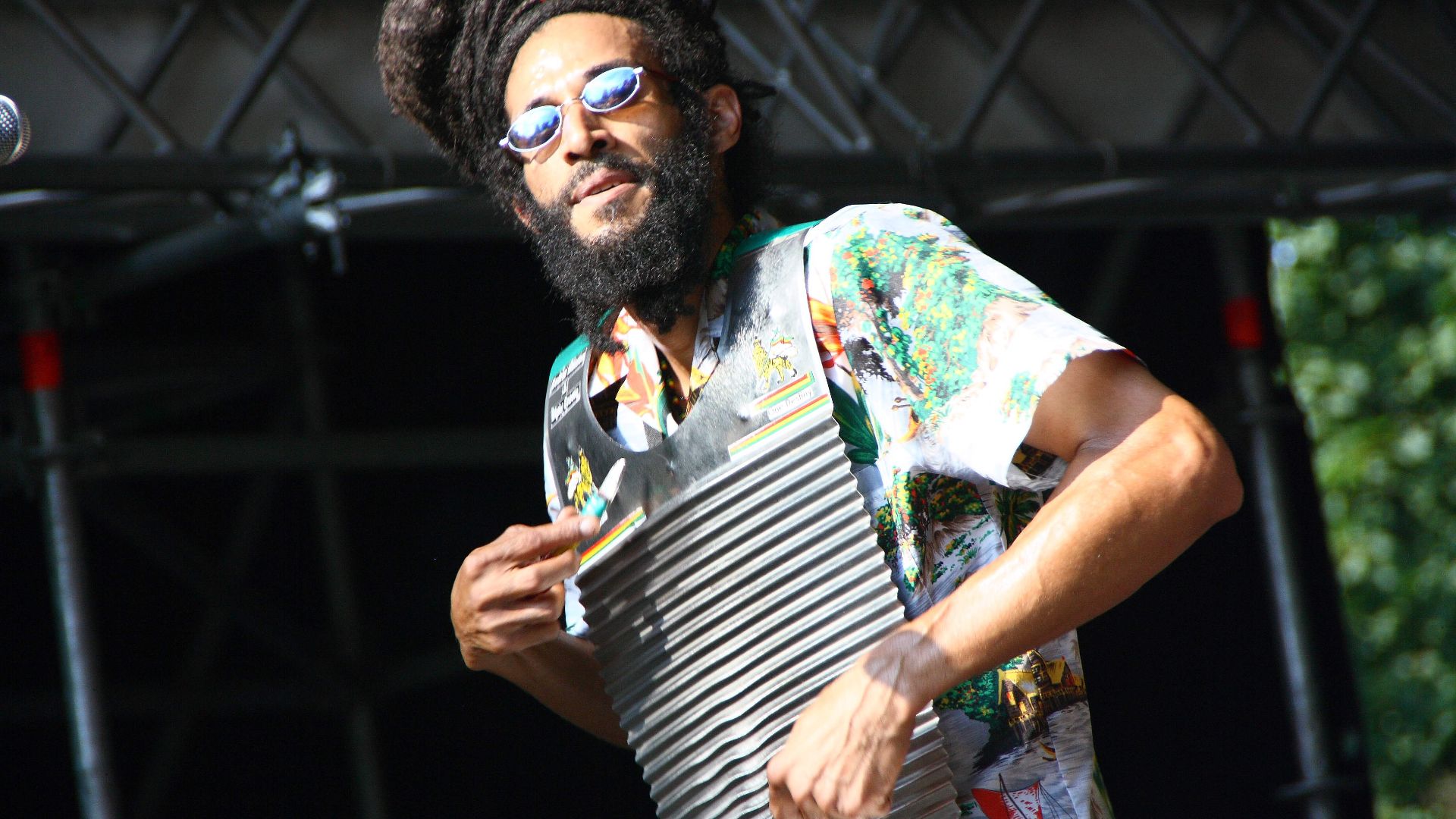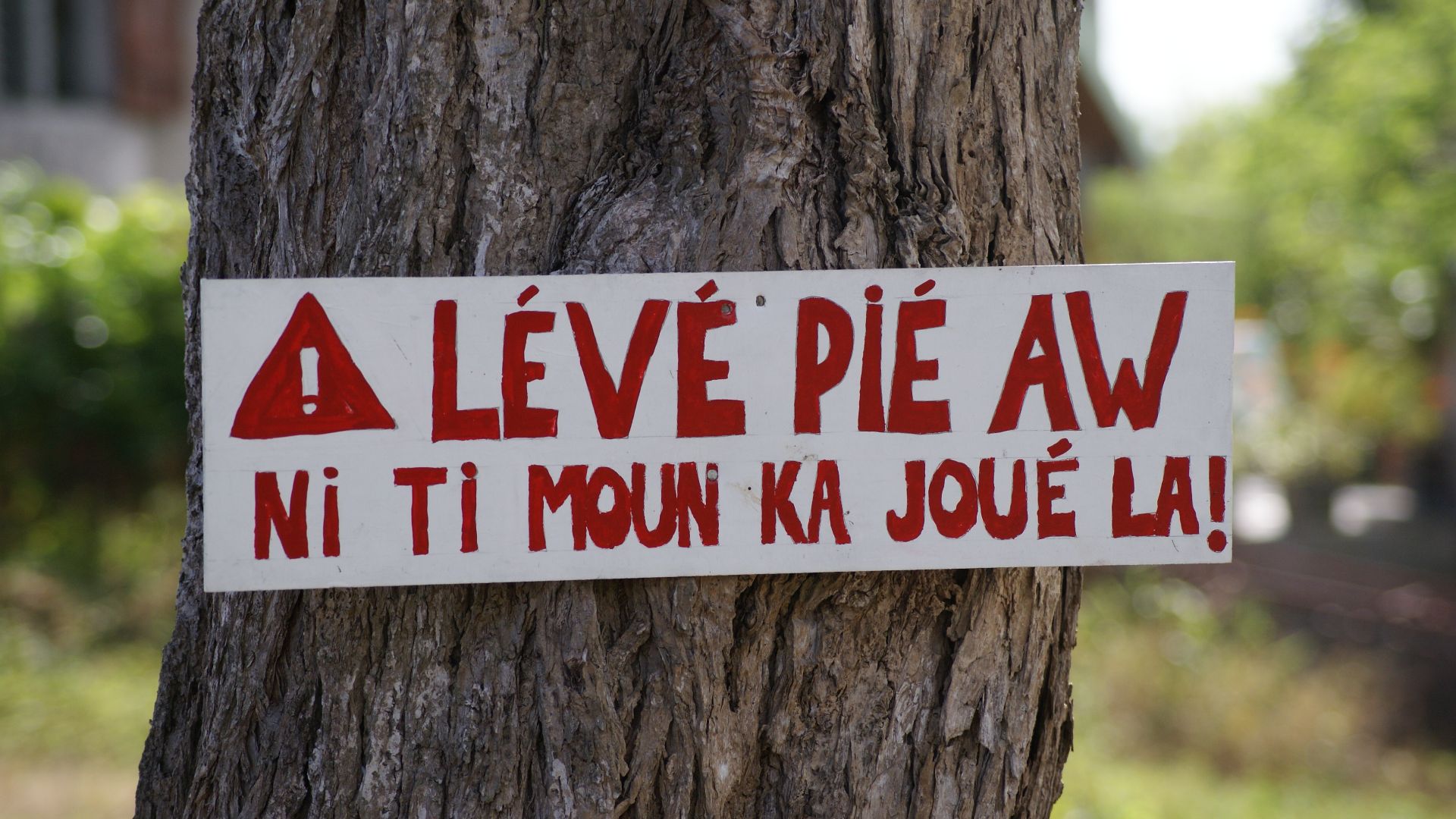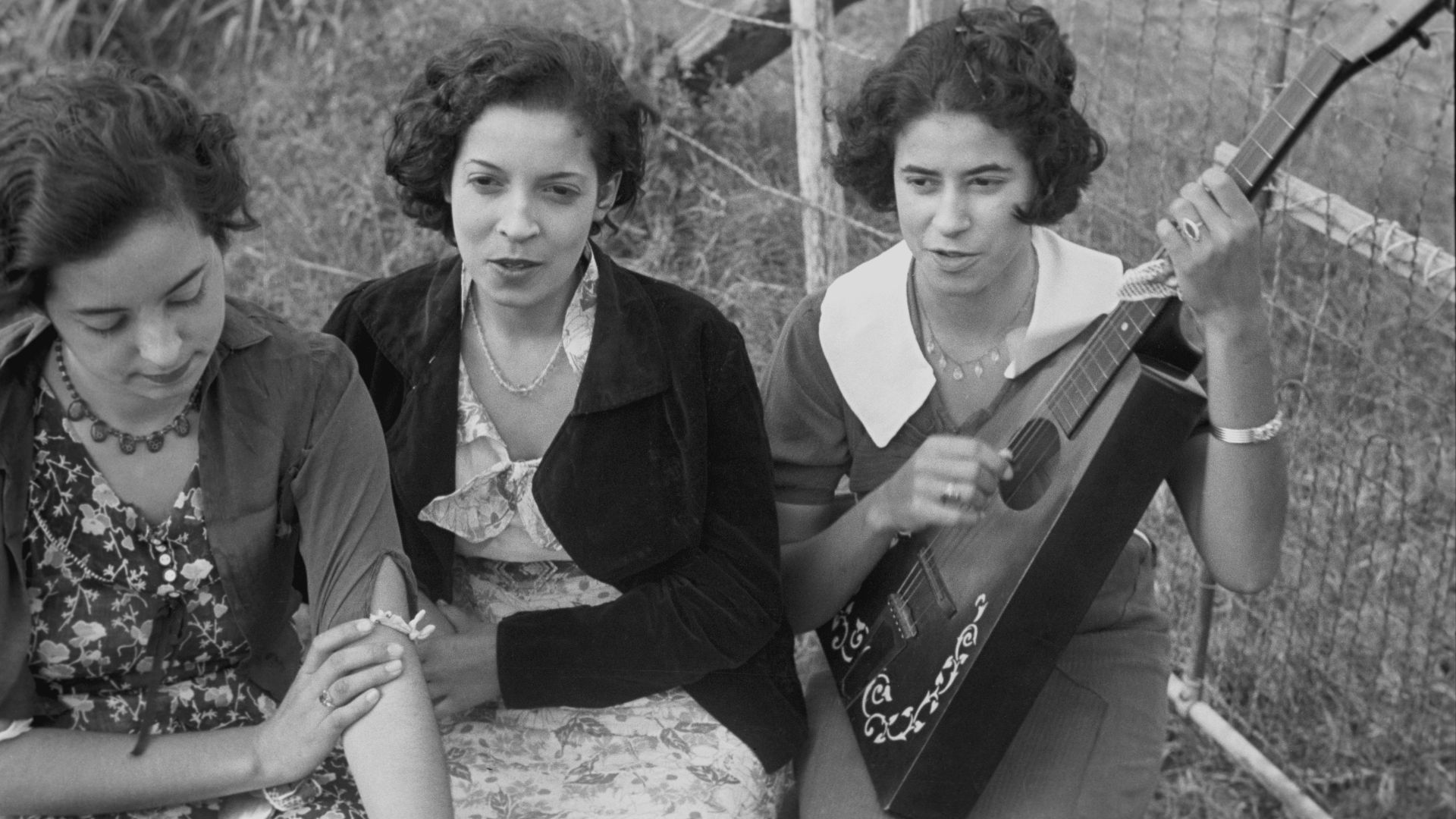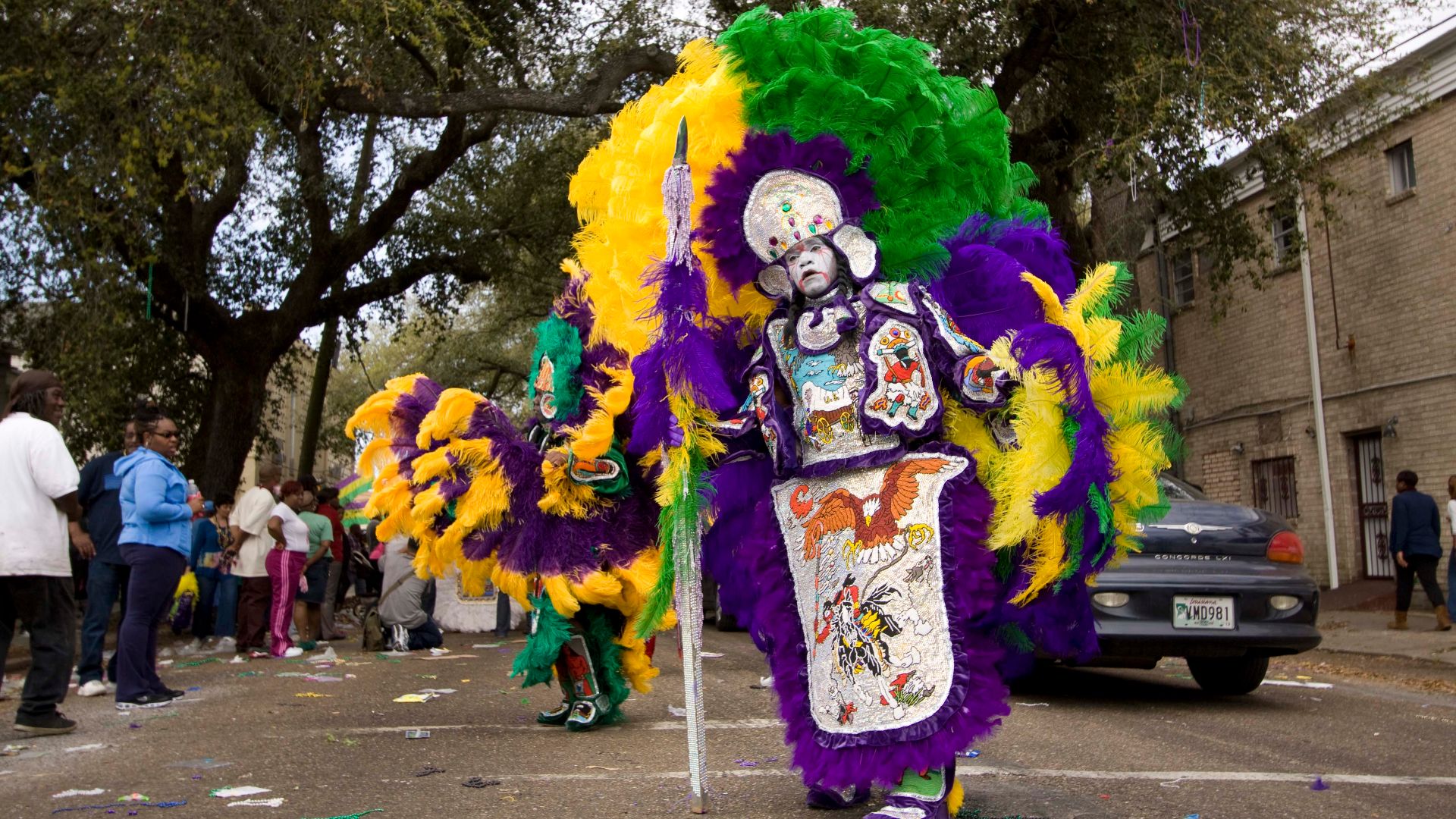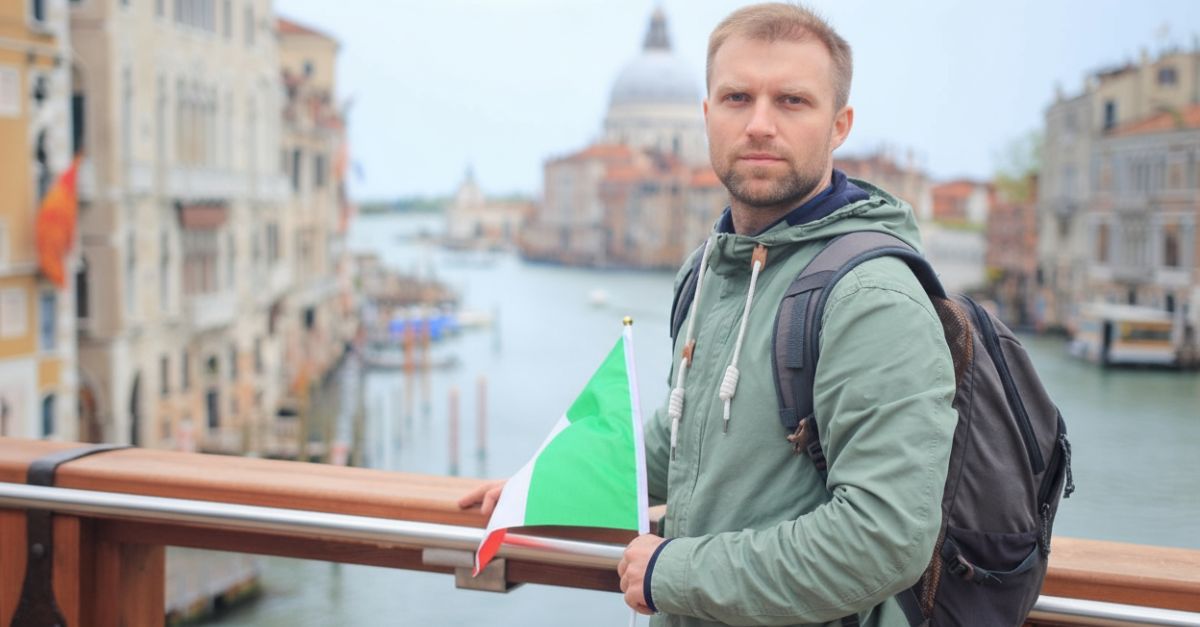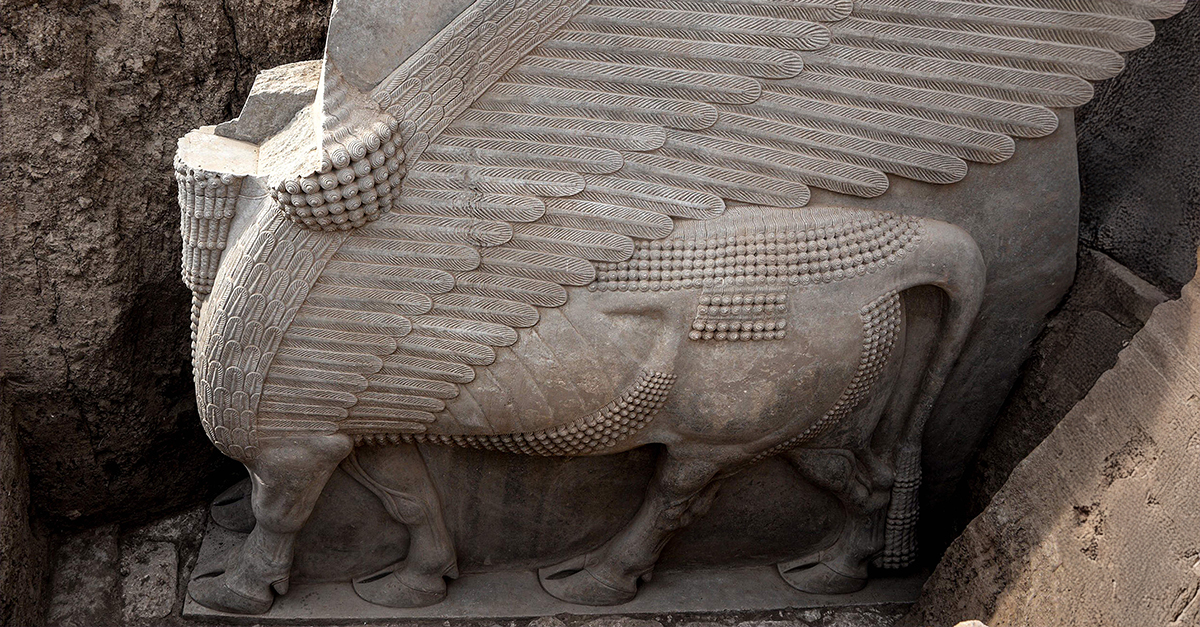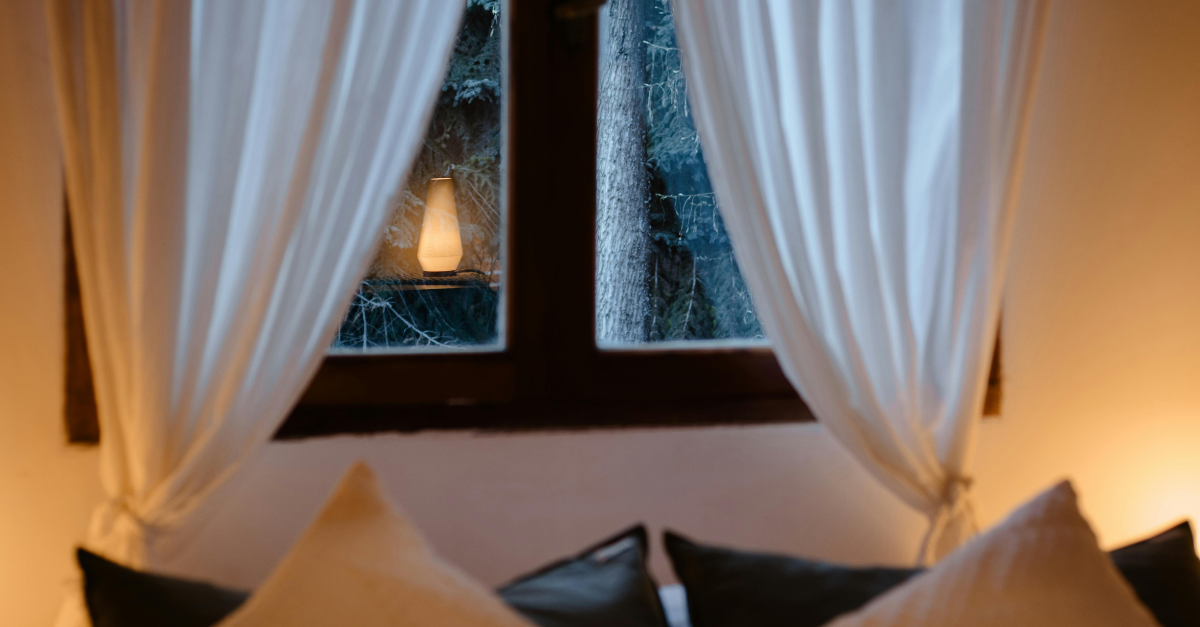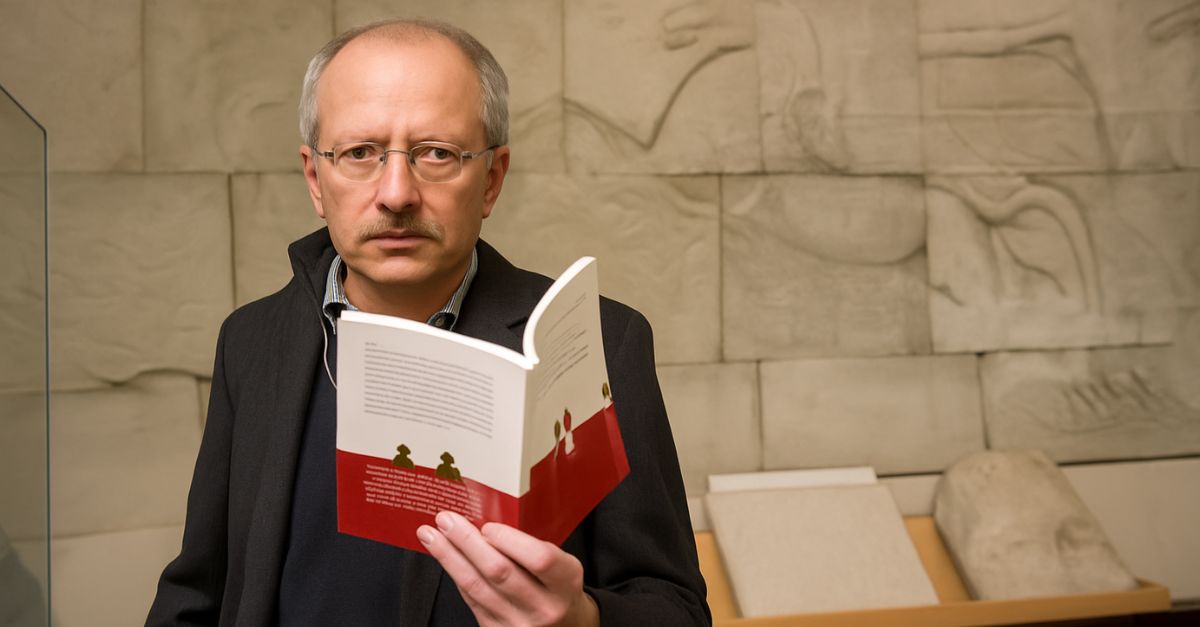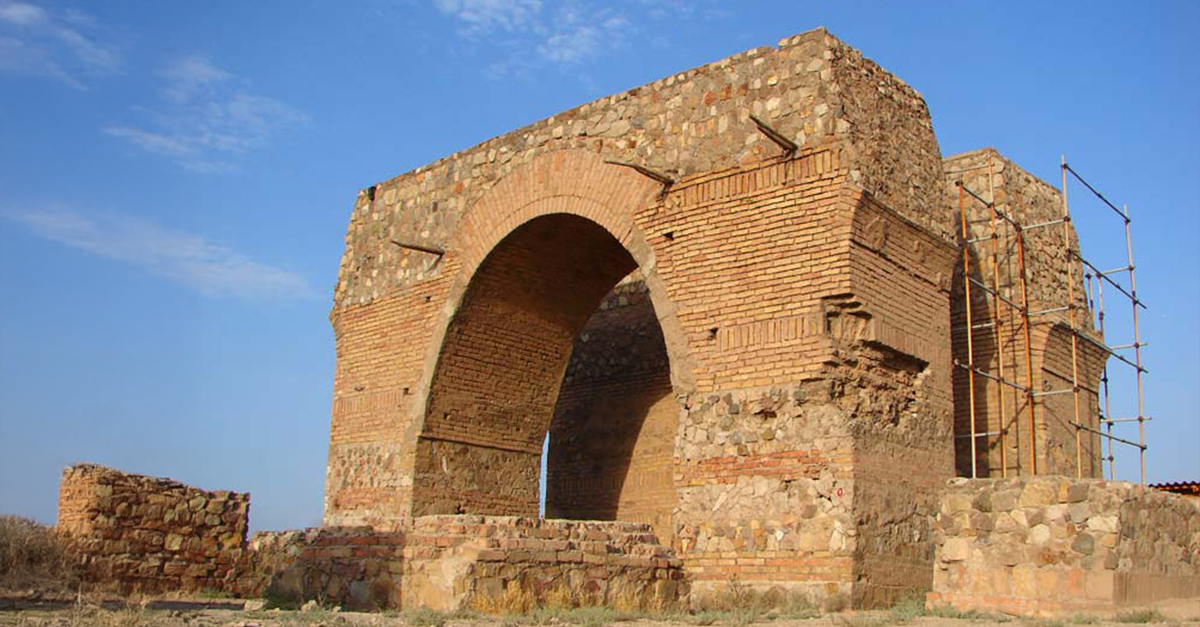A Culture Within A Culture
Anyone who has been to Louisiana knows that the Creole people have defined much of its culture. The Louisiana Creoles date back to before the formation of the United States and their culture is as vibrant as their history.
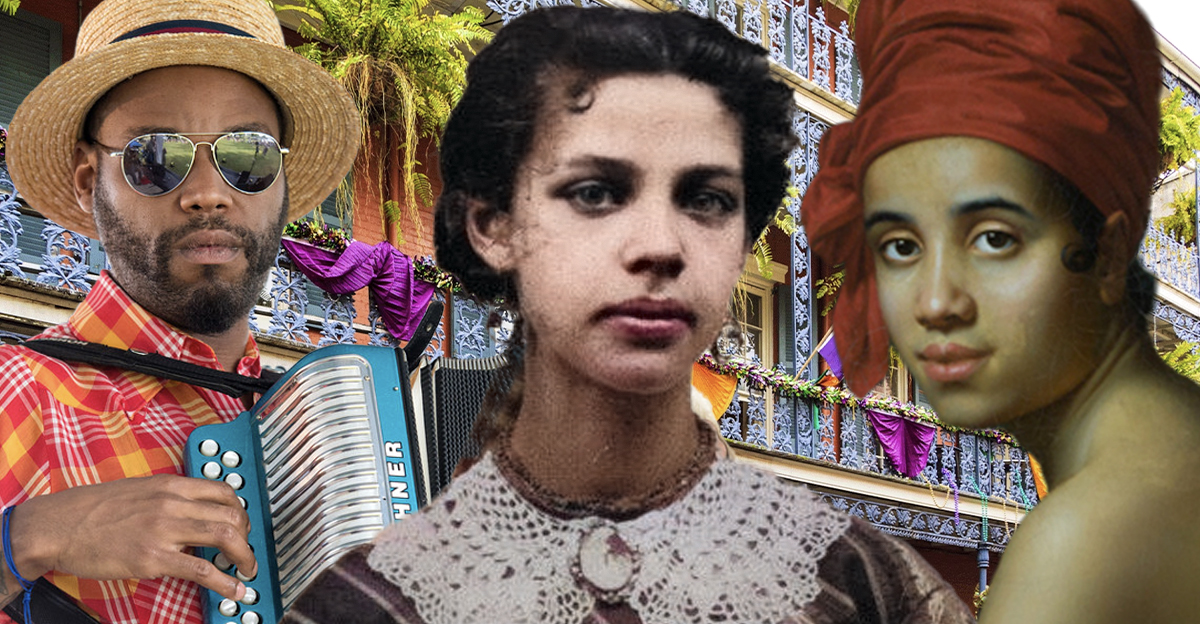
What’s In A Name?
The term Creole originates from the French Creoles themselves. They used it to differentiate those born in Louisiana from those born elsewhere. It distinguished between “old-world” and “new-world” descendants.
What’s In A Name?
Originally, the term had no race attributed to it. People from all walks of life, including European, African, and mixed ancestry, were all included under this umbrella. Only time and American influence changed this fact.
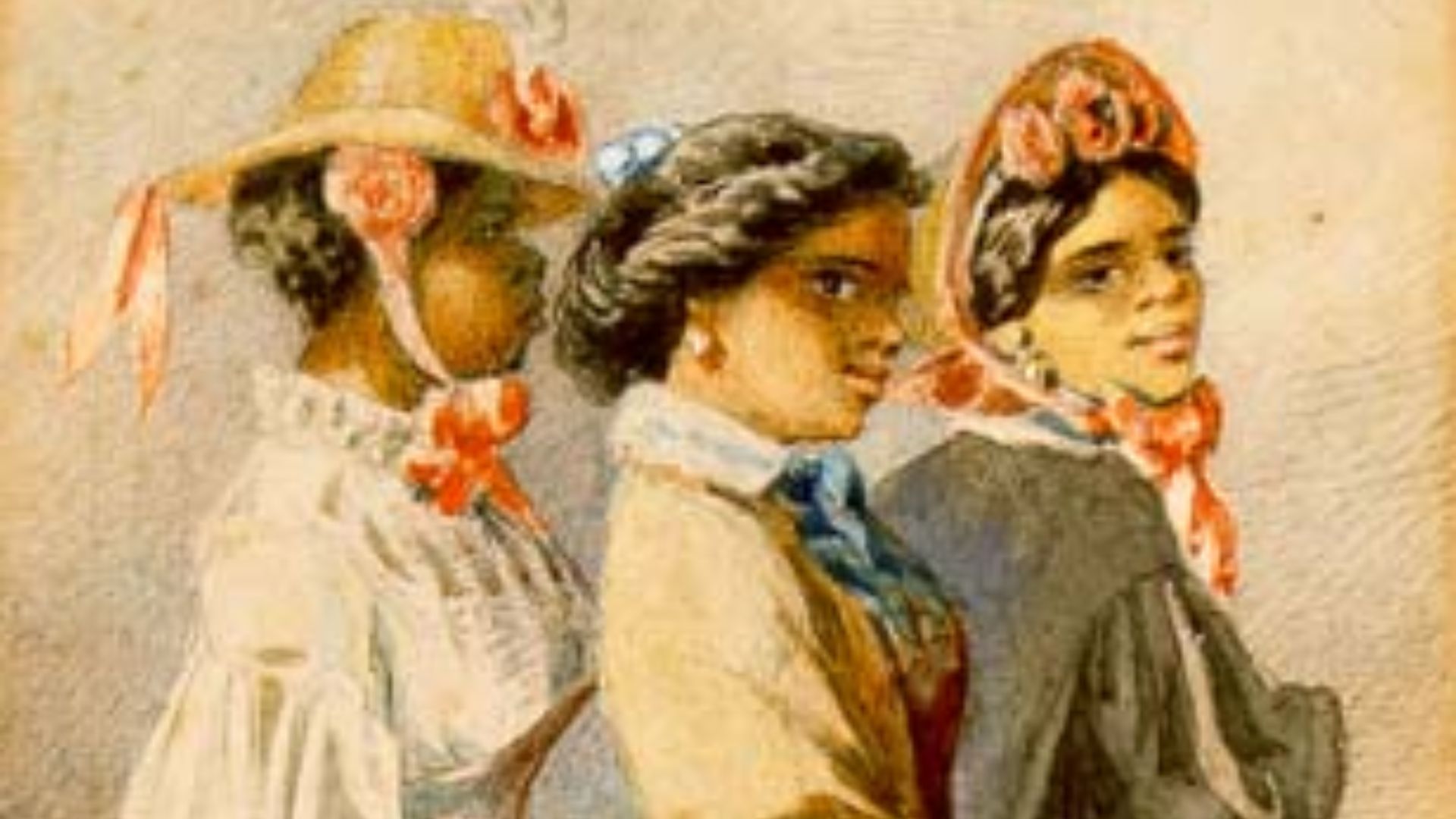 Edouard Marquis, Wikimedia Commons
Edouard Marquis, Wikimedia Commons
What’s In A Name?
Louisiana became part of the United States in 1803 through the famous Louisiana Purchase. It was at this point that the term “Creole” took on a meaning and identity that carried deeper political connotations.
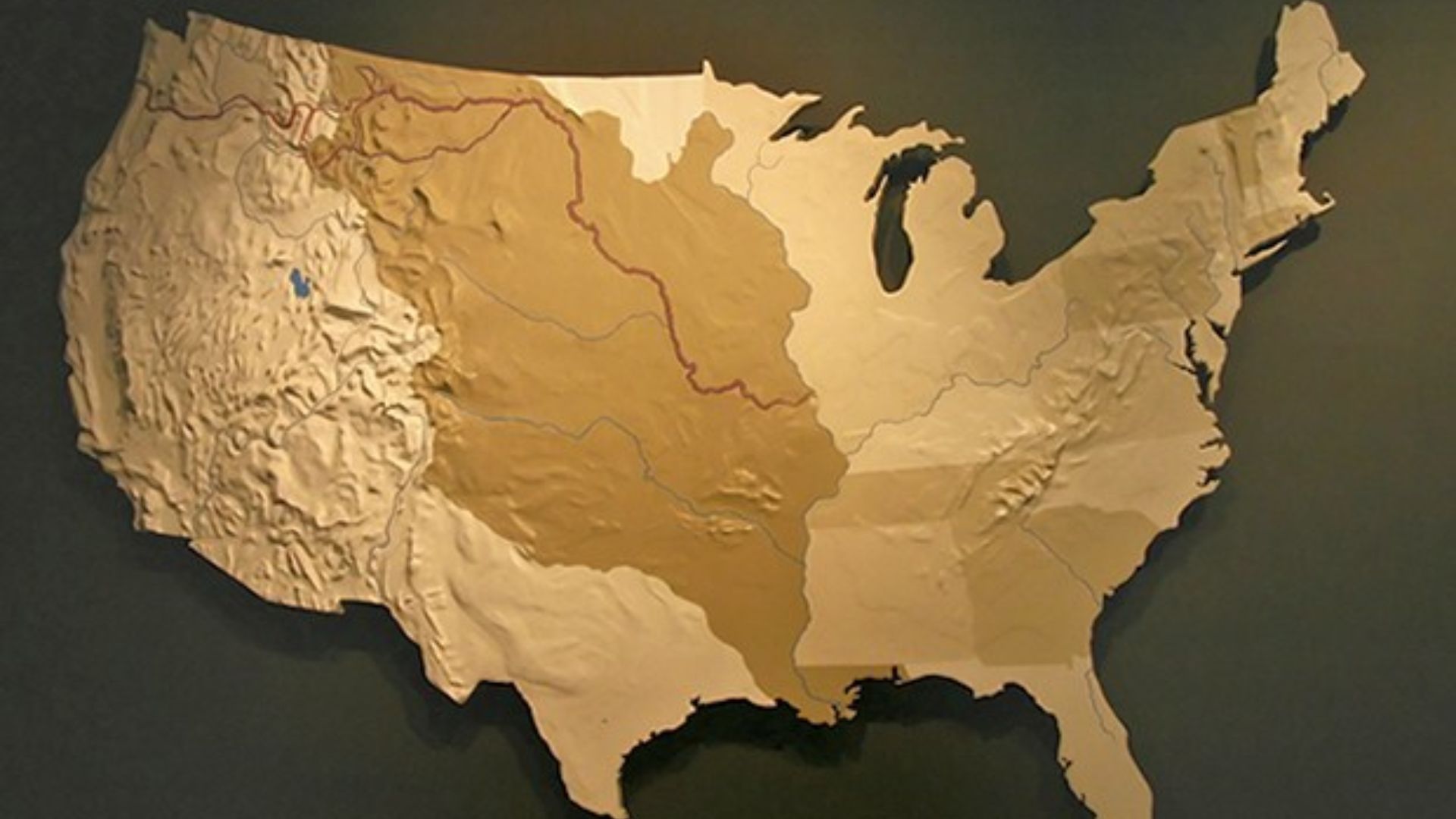 No machine-readable author provided. Varing assumed (based on copyright claims)., Wikimedia Commons
No machine-readable author provided. Varing assumed (based on copyright claims)., Wikimedia Commons
What’s In A Name?
The merging of Louisiana with the “Yankee Americans” caused a divide. The Catholic Latin-Creole culture that persisted in Louisiana was in sharp contrast with the Anglo-Protestant culture that developed throughout the bulk of the original United States.
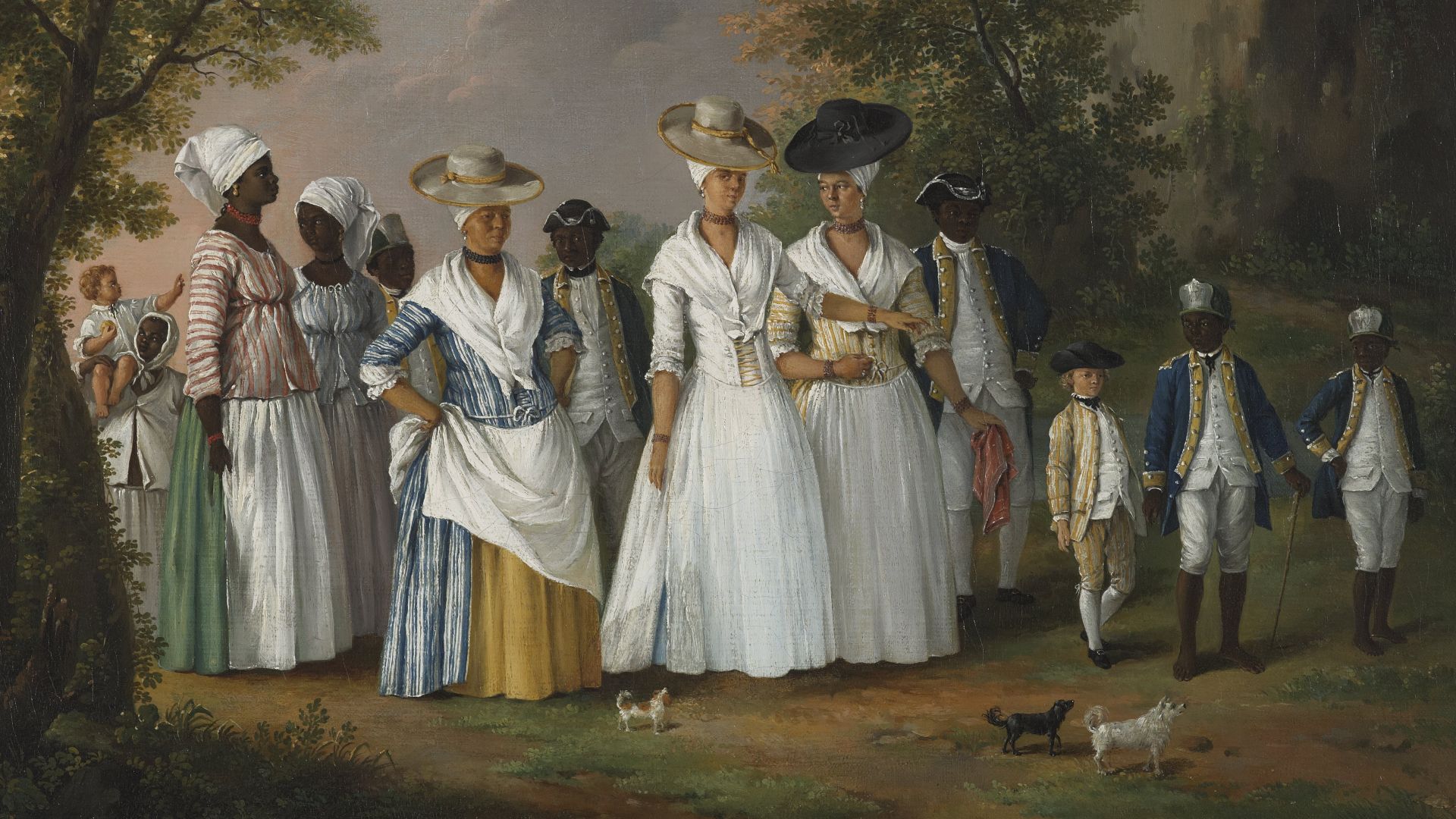 Agostino Brunias, Wikimedia Commons
Agostino Brunias, Wikimedia Commons
Creole Vs Cajun
Today, there is often a distinct divide between the terms “Creole” and “Cajun”. However, historically, Cajuns have been known as Creoles. This has led to a complicated level of modern classification.
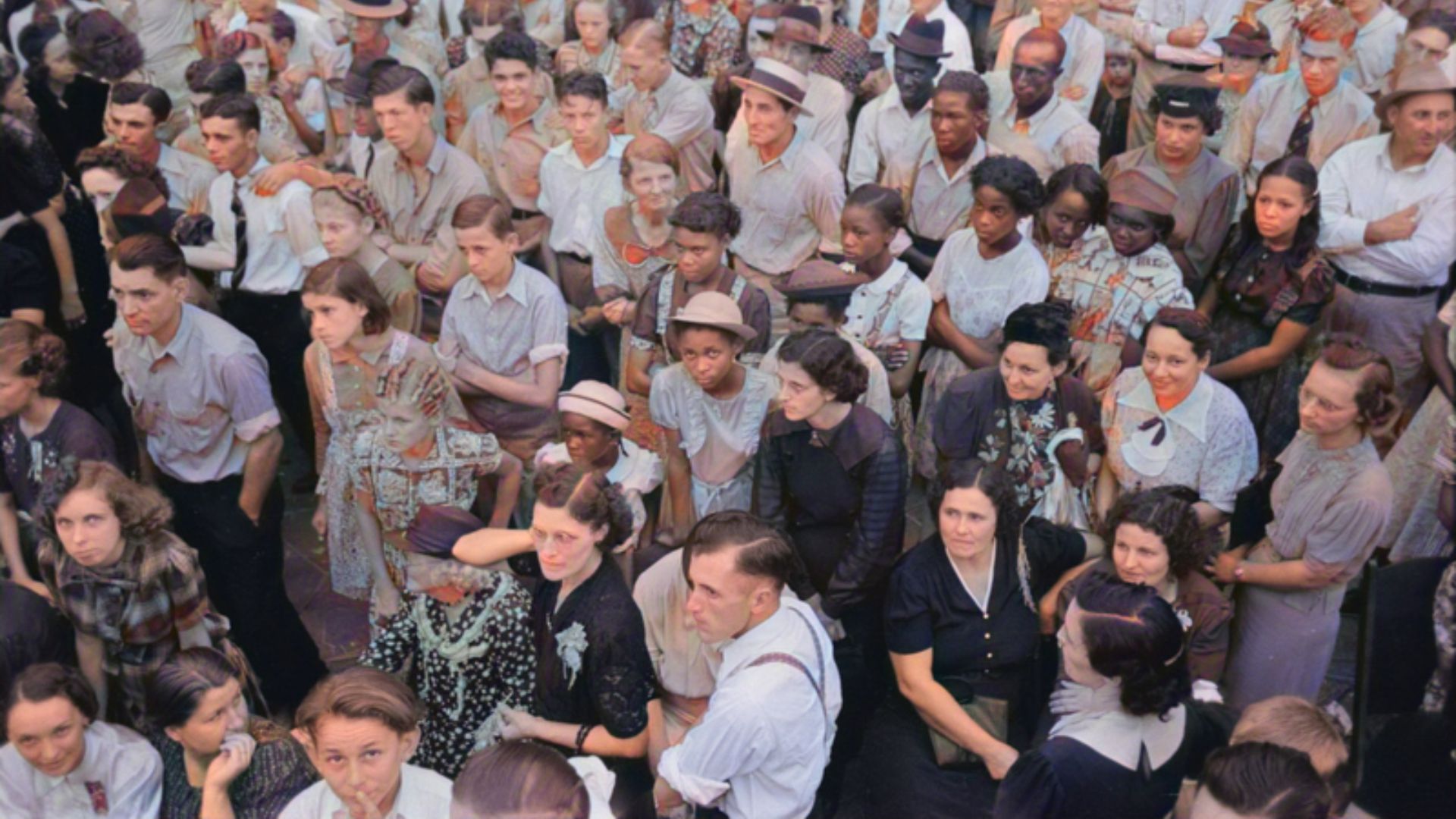 Russell Lee, Wikimedia Commons
Russell Lee, Wikimedia Commons
Creole Vs Cajun
Today in Louisiana, the terms “Creole” and “Cajun” are more complicated. Some Louisianians may identify exclusively as one or the other, while others happily identify as part of both identities.
Creole Ancestry
The majority of white-identified Creoles in Louisiana have French ancestry. This ancestry primarily comes from further north, from lineage rooted in the Quebecois or Acadian communities. This is only a portion of the Creole.
Creole Ancestry
Louisiana saw an influx in its population during the 19th century. The Haitian Revolution saw refugees of both whites and free people of color, generally from Saint-Domingue, flood New Orleans.
 Anne-Louis Girodet de Roussy-Trioson, Wikimedia Commons
Anne-Louis Girodet de Roussy-Trioson, Wikimedia Commons
Creole Ancestry
This influx of people doubled the population of the city. It also helped strengthen the Francophone culture that persists today. Although, they did continue to receive other immigrant groups throughout the 19th century.
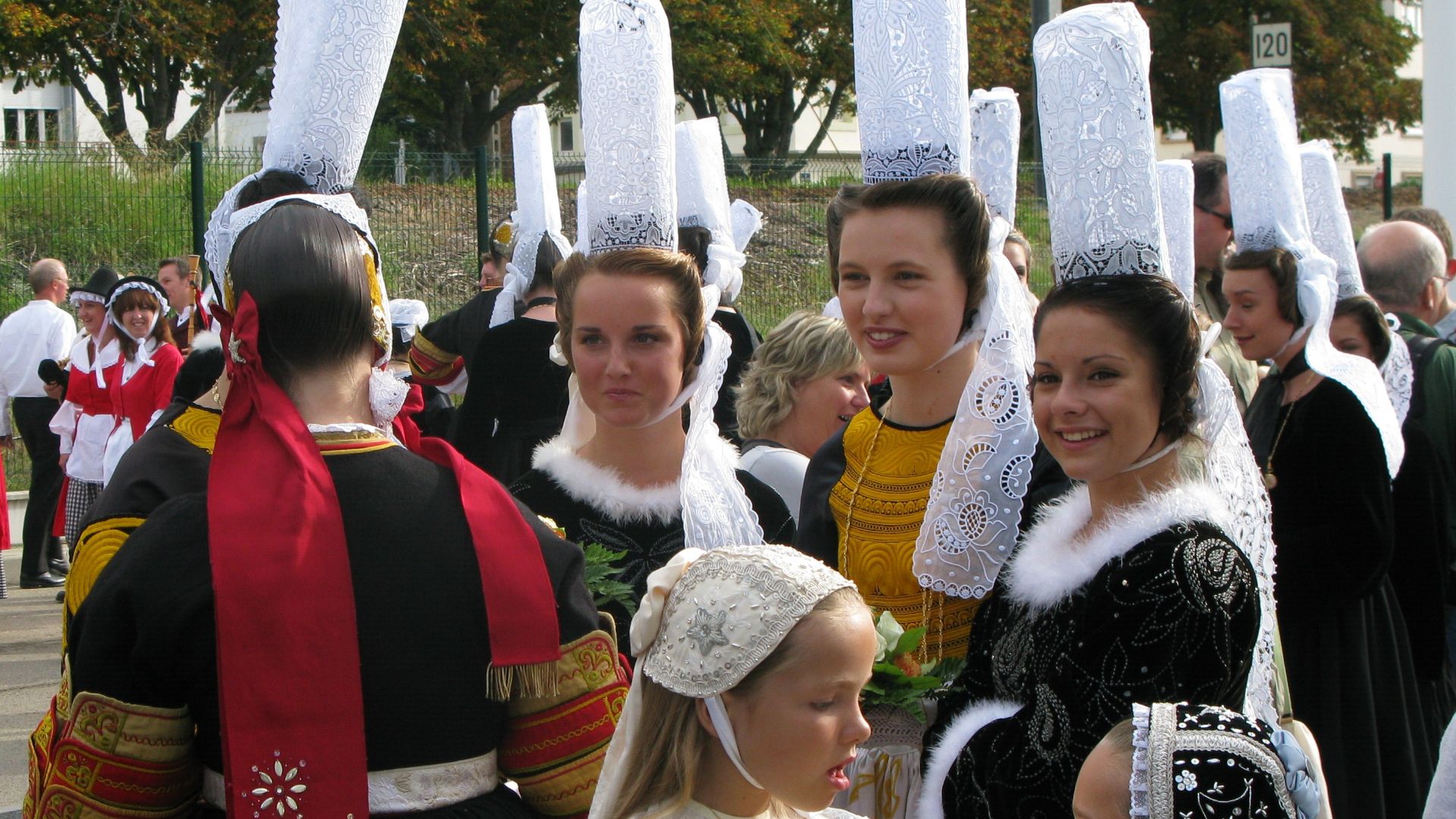 XIIIfromTOKYO, Wikimedia Commons
XIIIfromTOKYO, Wikimedia Commons
Creole Ancestry
Groups such as Irish, German, and Italian also immigrated to Louisiana during the late 19th century. However, rather than weaken the Creole culture, these immigrants married into it, creating a vibrant community that prospers today.
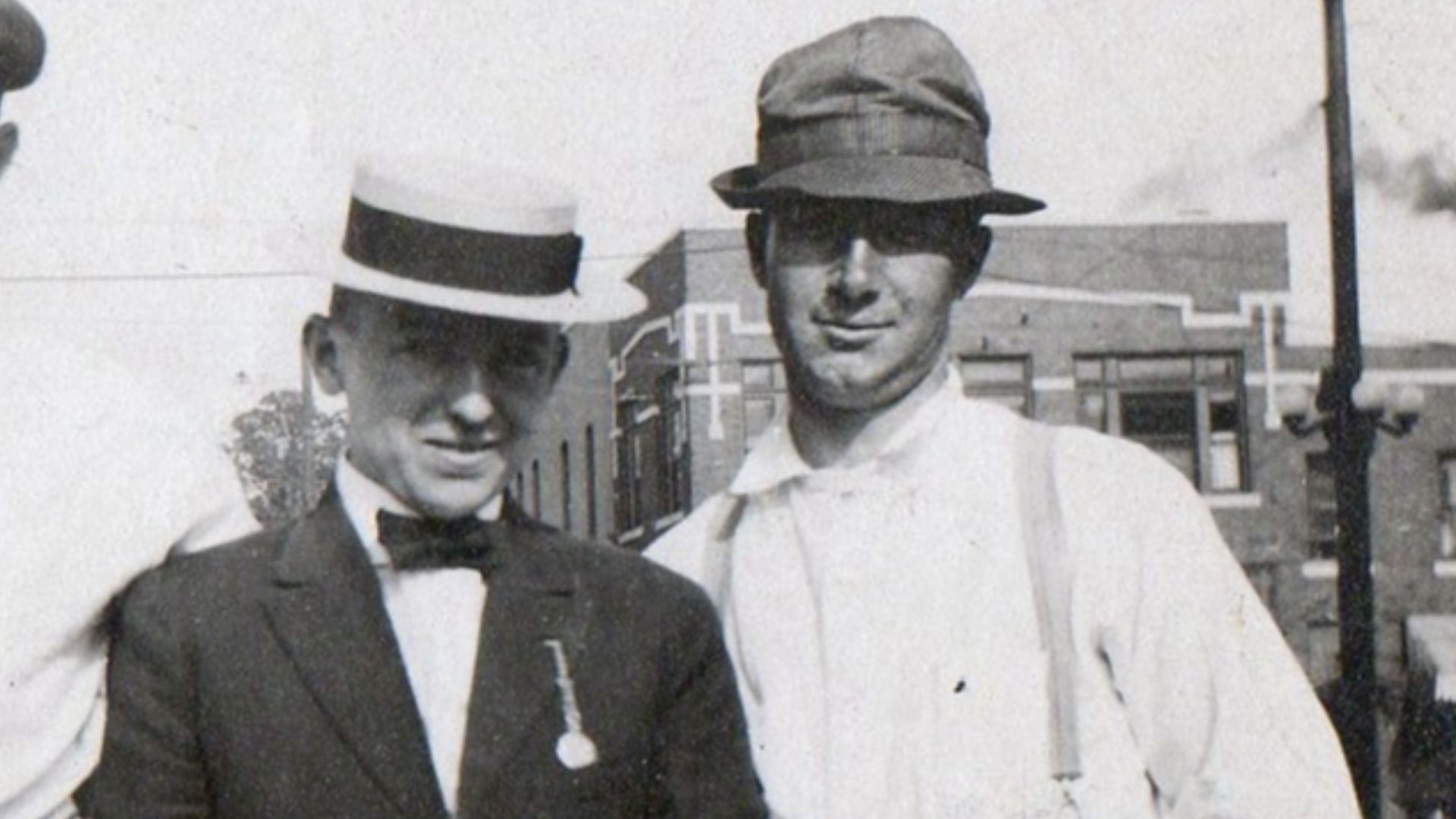 Deceased family member, Wikimedia Commons
Deceased family member, Wikimedia Commons
Creole Culture
New Orleans, in particular, remains a vibrant hub of Creole culture. The city’s population retained a significant number of Creoles of color from all nations and backgrounds. This has added to the culture.
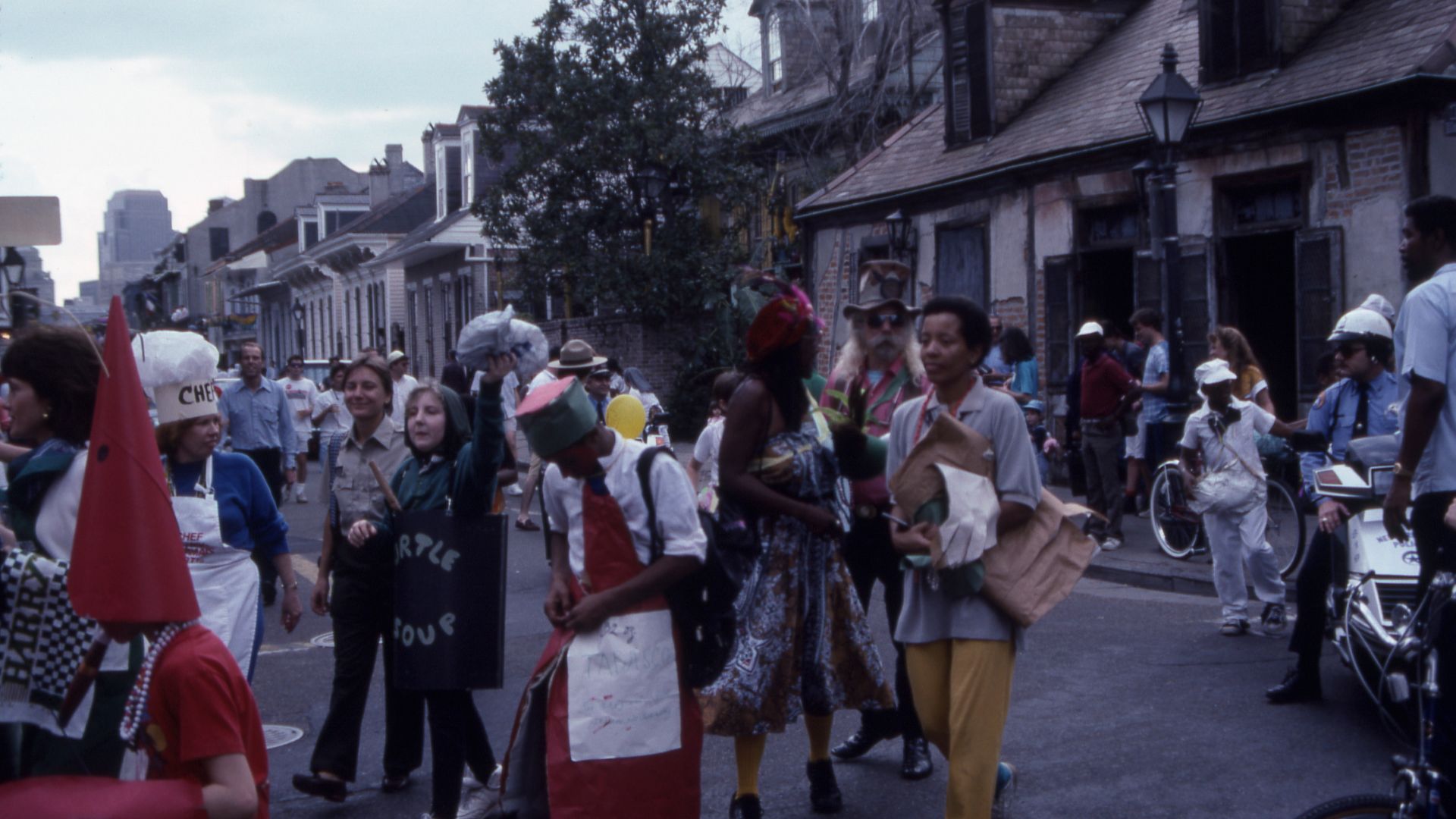 Sydney Byrd, for US National Park Service, Wikimedia Commons
Sydney Byrd, for US National Park Service, Wikimedia Commons
Creole Culture
Spanish and French rule provided better rights and education to Creoles of color than those in American-ruled states. As such, Louisiana Creoles gave much to the early culture of America.
 Department of Agriculture Forest Service Southern Research Station, Wikimedia Commons
Department of Agriculture Forest Service Southern Research Station, Wikimedia Commons
Creole Culture
Many of the United States' earliest poets, writers, and civil activists originated from the Louisiana Creole culture. Among these people are names such as Victor Sejour, Rodolphe Desdunes, and Homere Plessy.
 DE AGOSTINI PICTURE LIBRARY, Getty Images
DE AGOSTINI PICTURE LIBRARY, Getty Images
Creole Culture
In modern days, this group has diversified. While many Creoles of color contribute to Black American culture, some identify as a distinct identity subset within the broader ethnic group of African Americans.
Americanization Of Creole
America has long struggled with ambiguity, particularly when it comes to race. The existence of the term “Creole” outside of a definition of race became increasingly complex throughout the 20th century.
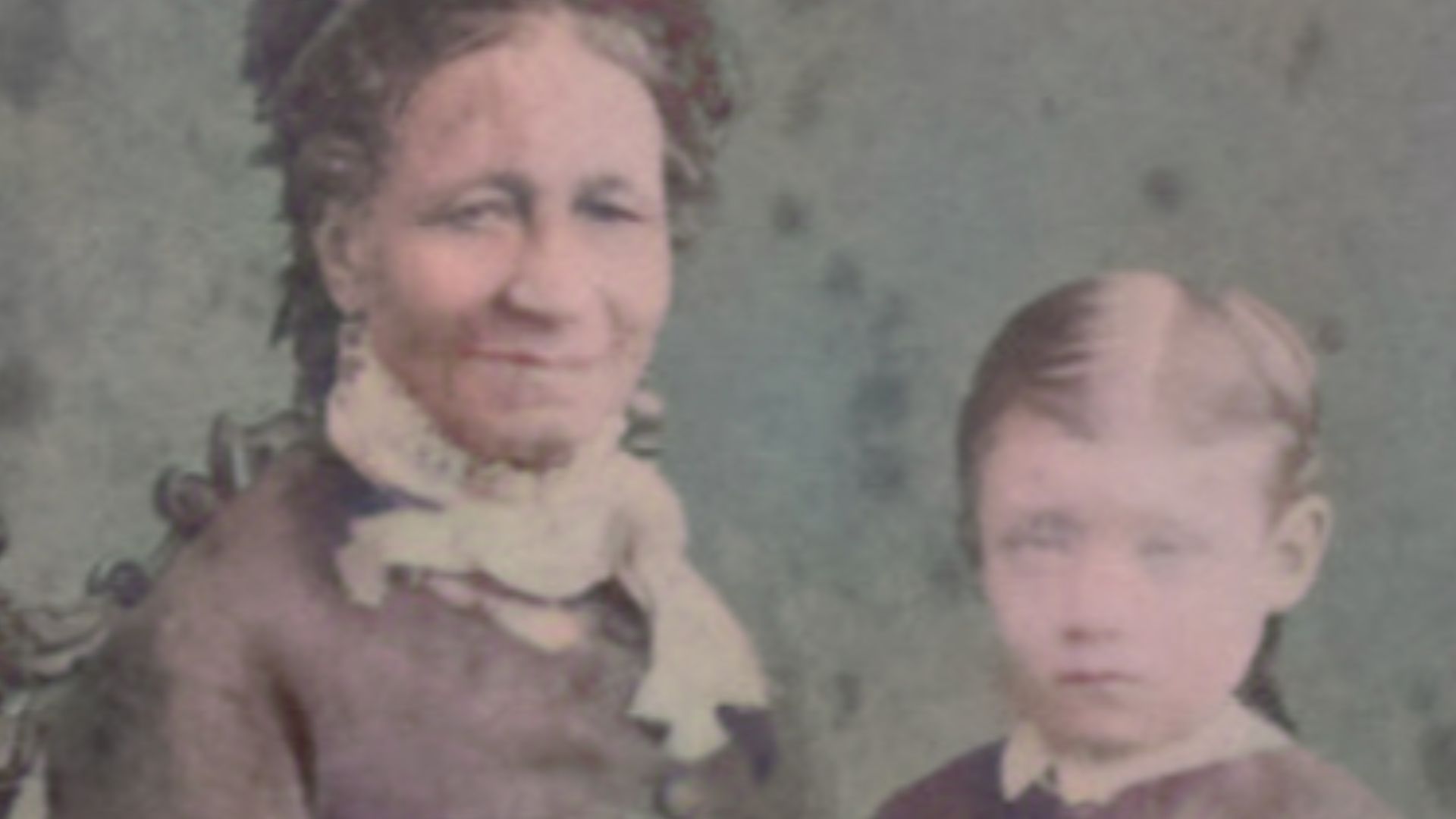 Unknown author, Wikimedia Commons
Unknown author, Wikimedia Commons
Americanization Of Creole
“Gens de coleur libres” (free people of color) in Louisiana became more and more associated with Creole during the 20th century. This has been called the “Americanization of Creoles” by one historian.
Americanization Of Creole
While not necessarily a result of this process, the number of white-identified Creoles has dwindled alongside this event. Many formerly white-identified Creoles have taken on the label of Cajun instead.
Americanization Of Creole
New Orleans tends to take the attention when it comes to Creole culture. However, it is not the only hub. In northwest Louisiana, the Cane River area has also developed a strong Creole culture primarily populated by Creoles of color.
 Kirn Vintage Stock, Getty Images
Kirn Vintage Stock, Getty Images
Creole Food
Food is a huge part of Louisiana Creole culture. It is a unique style of cooking and originated in New Orleans in the early 1700s.
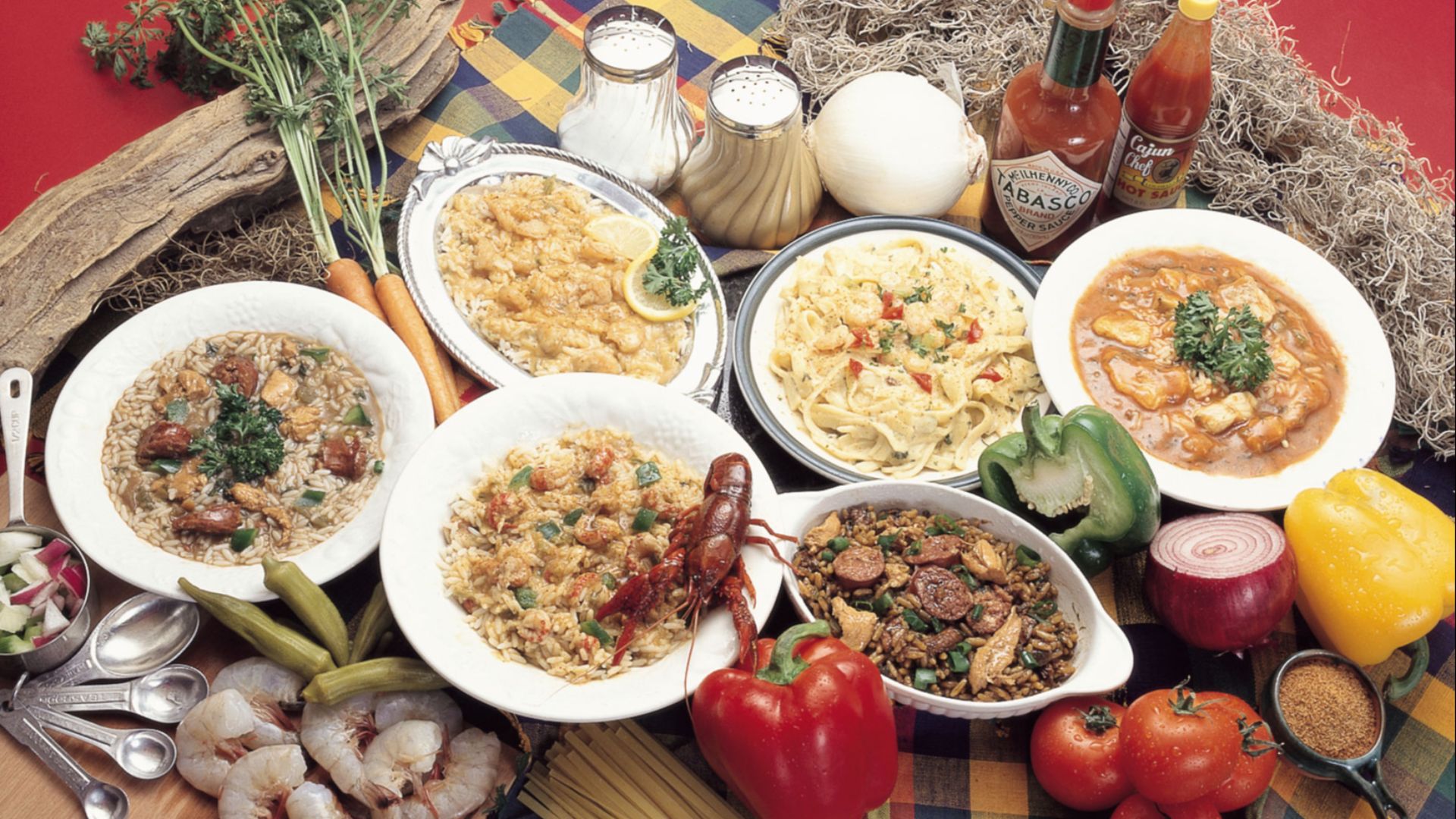 Photo by Victor Monsour of Monsour's Photography, Wikimedia Commons
Photo by Victor Monsour of Monsour's Photography, Wikimedia Commons
Creole Food
Sometimes called “the Holy Trinity”, Creole food tends to center around onions, celery, and green peppers. As with the Creole culture as a whole, their food is a blend of influences from European, African, and Native American.
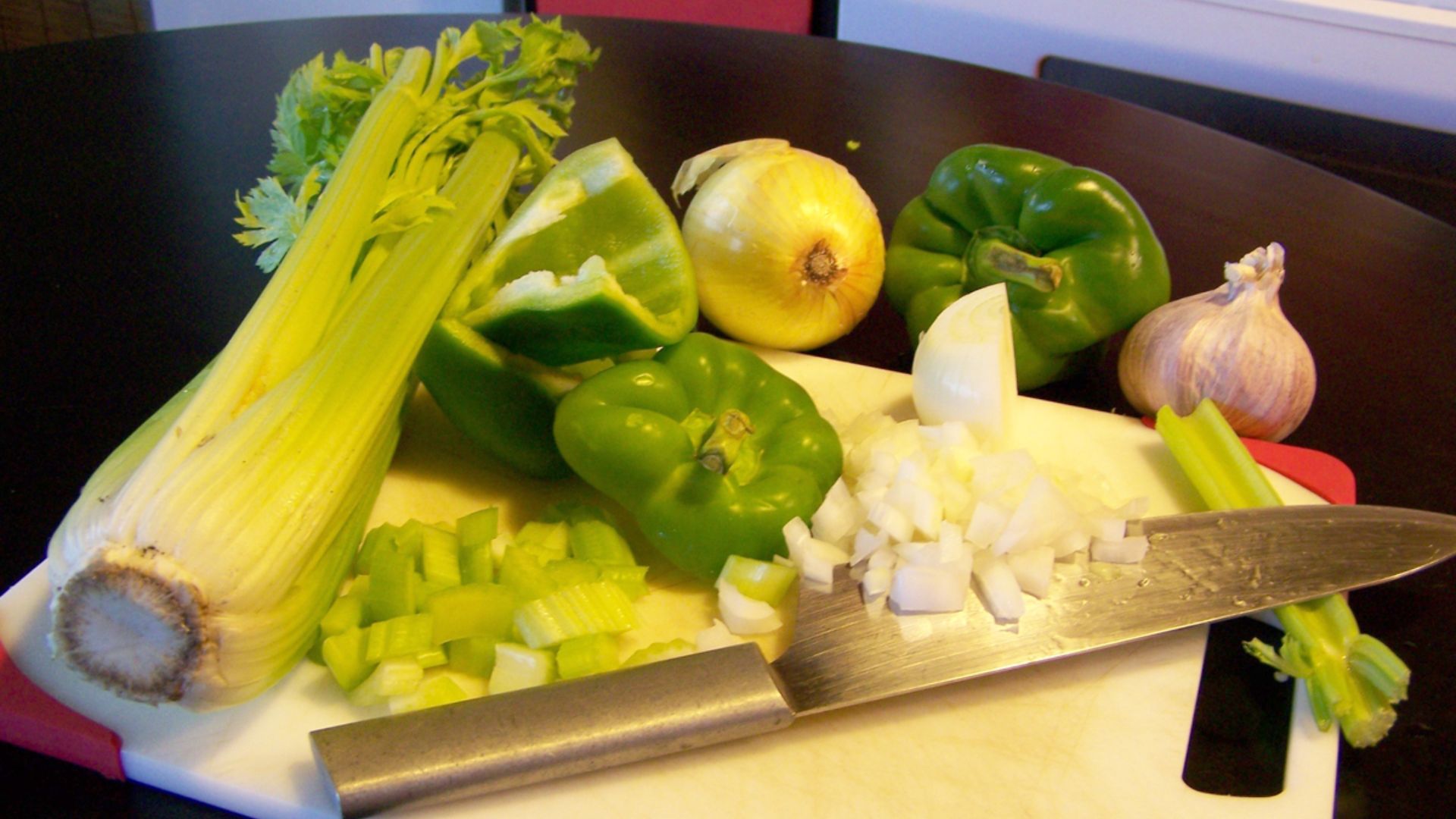 Heironymous Rowe, Wikimedia Commons
Heironymous Rowe, Wikimedia Commons
Creole Food
It is important to note that Louisiana cooking originating out of New Orleans varies from that out of the region of Acadiana. While still referred to as Creole or Cajun cooking, both regions have their own distinct style.
Gumbo
One of the best-known Louisiana Creole dishes is Gumbo. It is a roux-based meat stew or soup that can have any combination of seafood, sausage, chicken, or unorthodox meats, including turtle, deer, duck, or alligator.
Gumbo
Often, the main seasoning of Gumbo is “filé”. Filé is quite simple: it is a powder that is made out of dried and ground sassafras leaves.
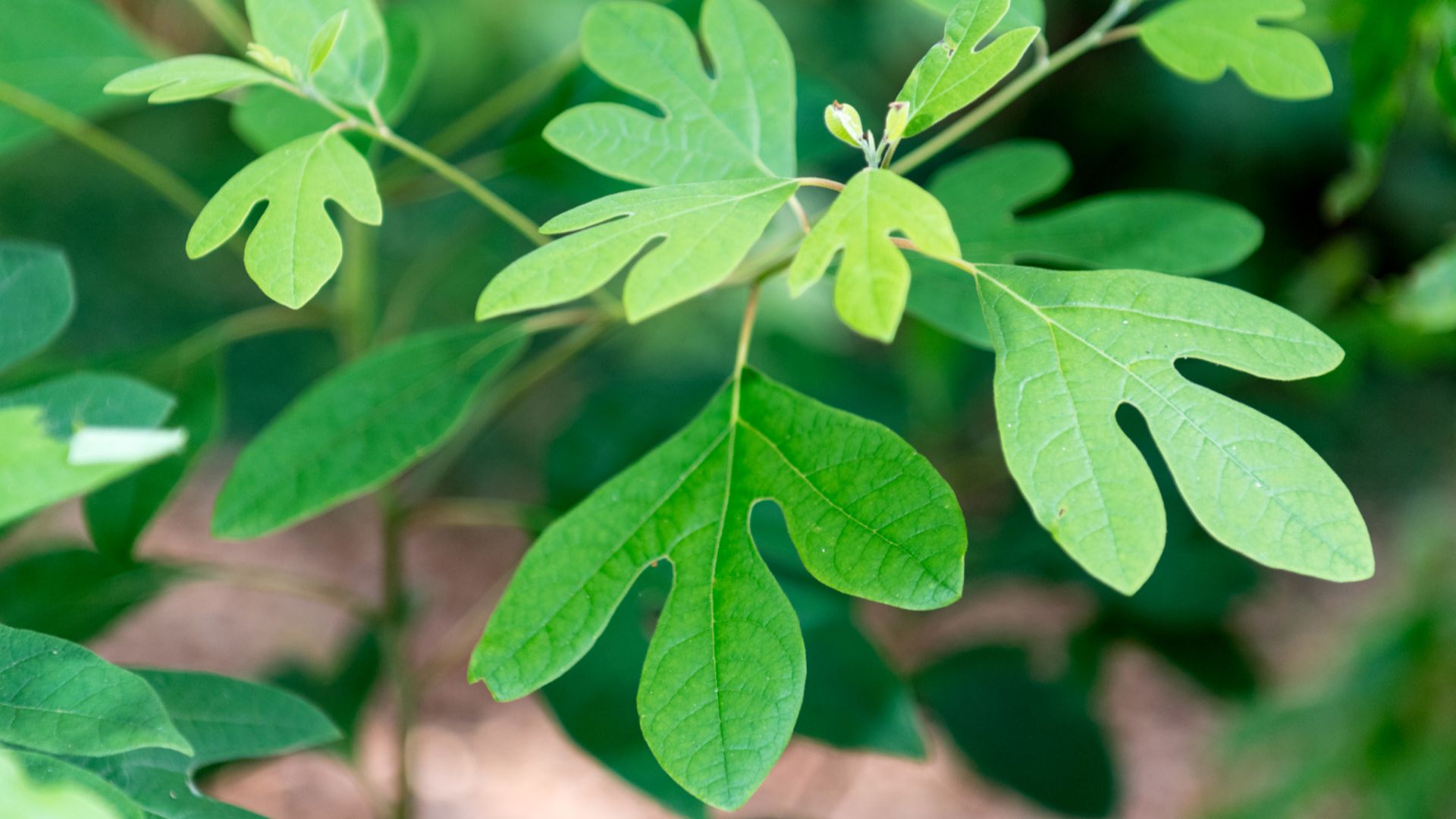 Randy Everette, Wikimedia Commons
Randy Everette, Wikimedia Commons
Gumbo
Gumbo originates from the French immigrants of Louisiana. In attempting to recreate their traditional soup bouillabaisse with local ingredients, they invented Gumbo.
Gumbo
Thanks to the French’s attempt to use local ingredients, Gumbo has many different influences. African influences contributed okra to the dish, which gave the dish its name: “Gombo” is the Louisiana French word for “okra”.
 Creativity special, Wikimedia Commons
Creativity special, Wikimedia Commons
Gumbo
Other influences on the creation of Gumbo are the Choctaw (where filé comes from), the Bombara, and the Spanish. The dish is truly made of many different parts.
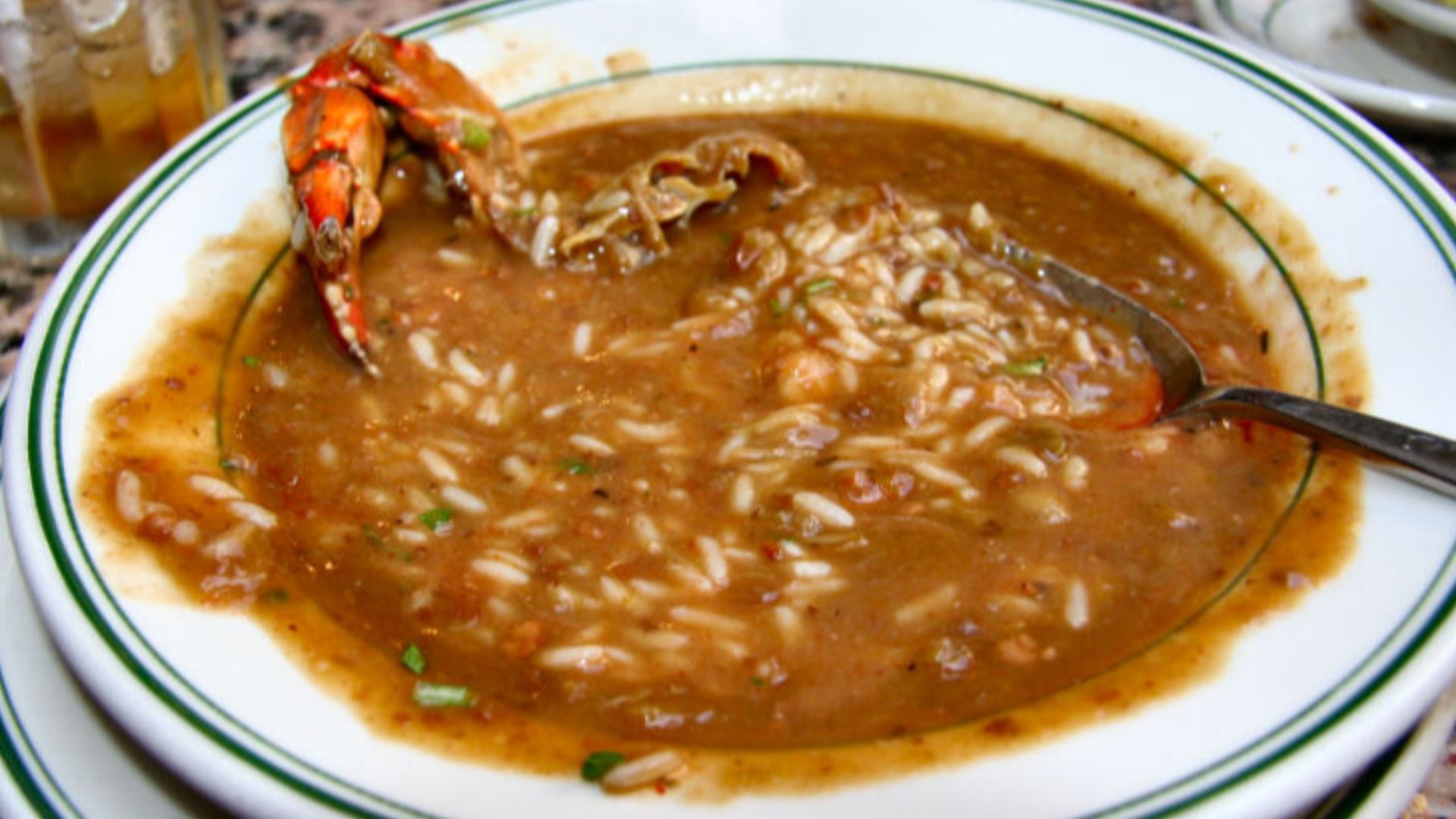 Raymond Bucko, SJ, Wikimedia Commons
Raymond Bucko, SJ, Wikimedia Commons
Jambalaya
The other dish that the Louisiana Creoles are most famous for is Jambalaya, which is another stew style dish. It incorporates meats, beans, and, of course, the “holy trinity”.
Creole Music
Music is another thing that is strongly associated with Creole people, as it is a huge part of their culture. The musical genre of Zydeco originated from 1920s Black Creole culture.
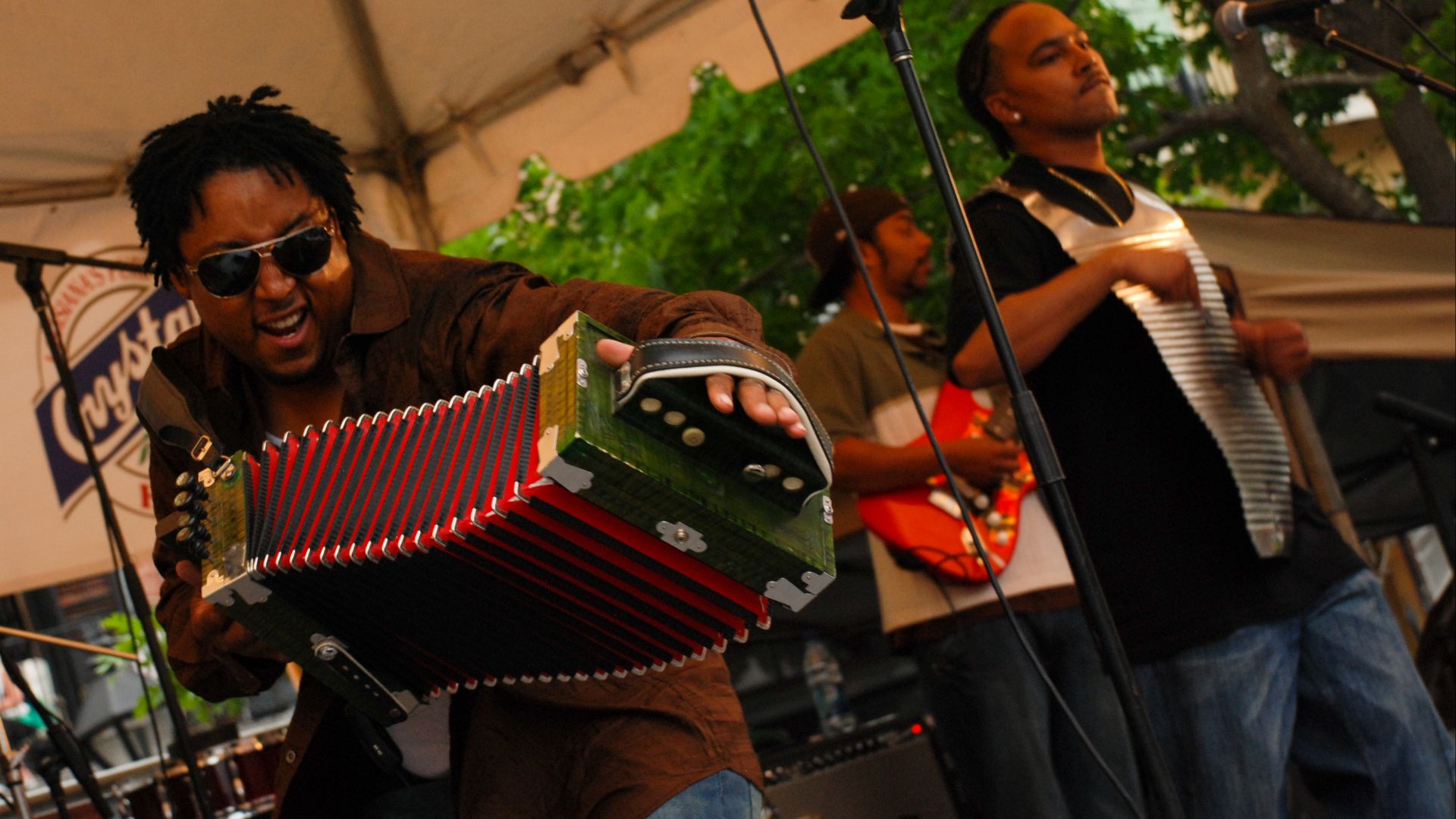 Vincent & Bella Productions, Wikimedia Commons
Vincent & Bella Productions, Wikimedia Commons
Creole Music
Zydeco is a derivative of Cajun music and is widely considered the Creole music of Louisiana. It came from the prairie communities of southwest Louisiana during the 1920s.
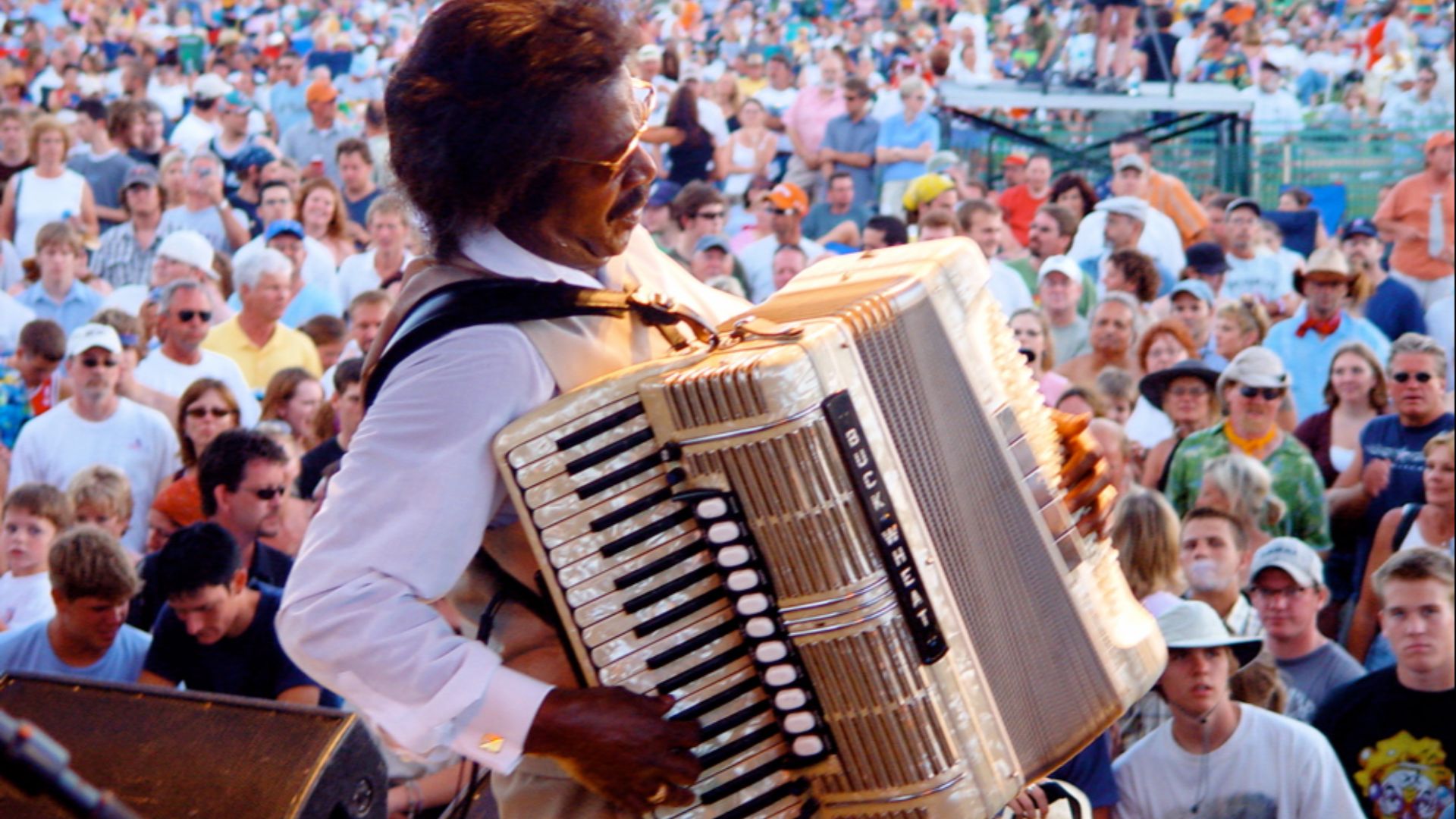 Flickr photographer Xopher Smith, Wikimedia Commons
Flickr photographer Xopher Smith, Wikimedia Commons
Creole Music
In the prairies, the people primarily spoke Louisiana French and Louisiana Creole. As such, Zydeco was originally only sung in these languages. However, as with most music, it’s developed over the years.
Creole Music
The 20th century saw Creole artists drawing on blues music as they continued to create their own tunes. This means that today, Zydeco artists sing in English, Louisiana Creole, or French.
Creole Music
Zydeco is a blend of swamp pop, blues, and/or jazz, and uses instruments tied to these genres. One instrument that is unique to Zydeco is the frottoir, which is a form of washboard that’s played in a unique way.
Creole Music
The frottoir is a corrugated aluminum vest. Once donned, the player makes music using bottle openers, bottle caps, or spoons to strike a unique noise from the vest.
Creole Music
Like Cajun music, the accordion is another popular instrument in Zydeco. However, there is an important distinction between the two genres.
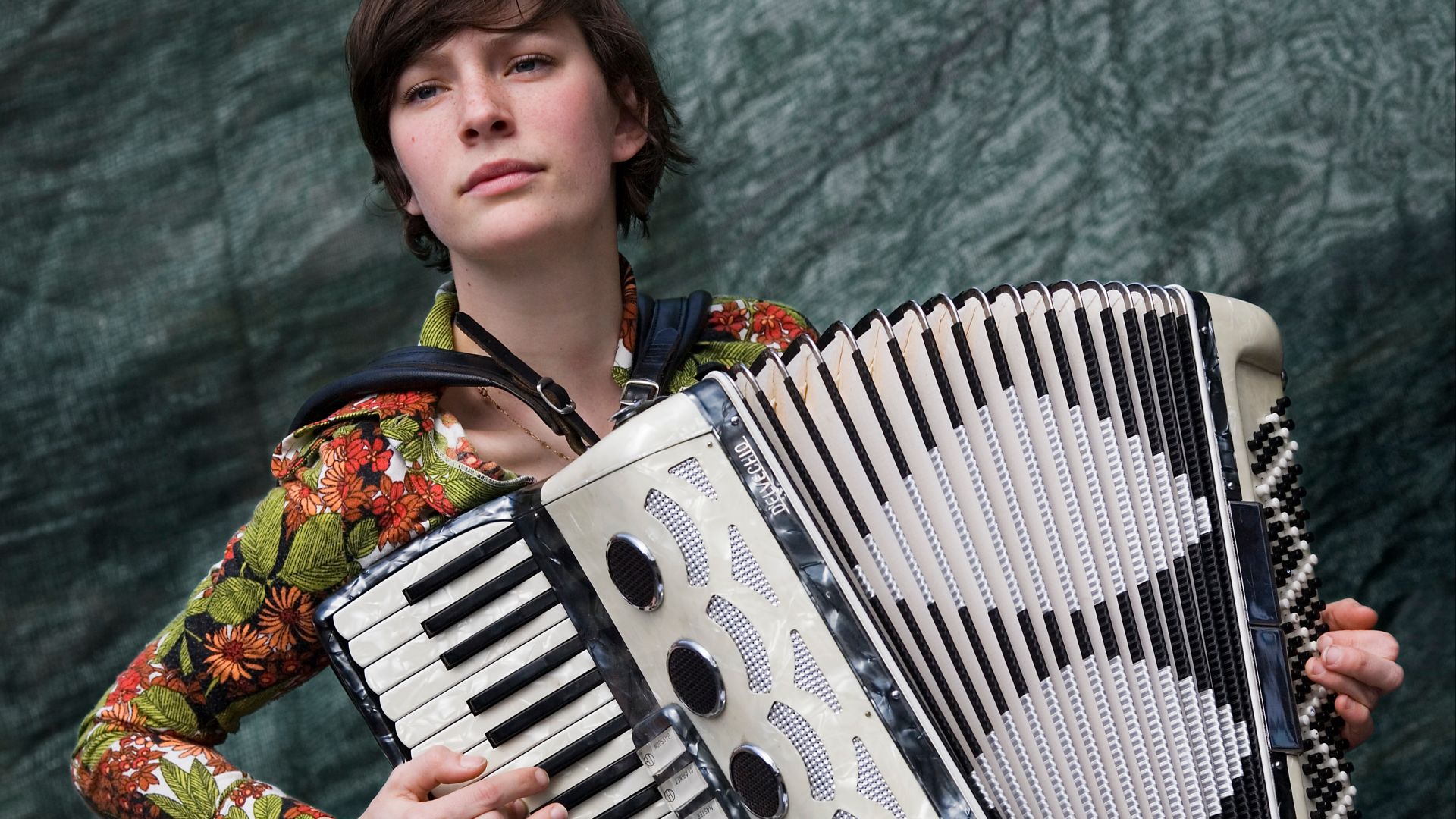 Jorge Royan, Wikimedia Commons
Jorge Royan, Wikimedia Commons
Creole Music
Cajan music uses the diatonic accordion or Cajun accordion—often called a “squeeze box”. Alternatively, Zydeco uses the piano or button accordion.
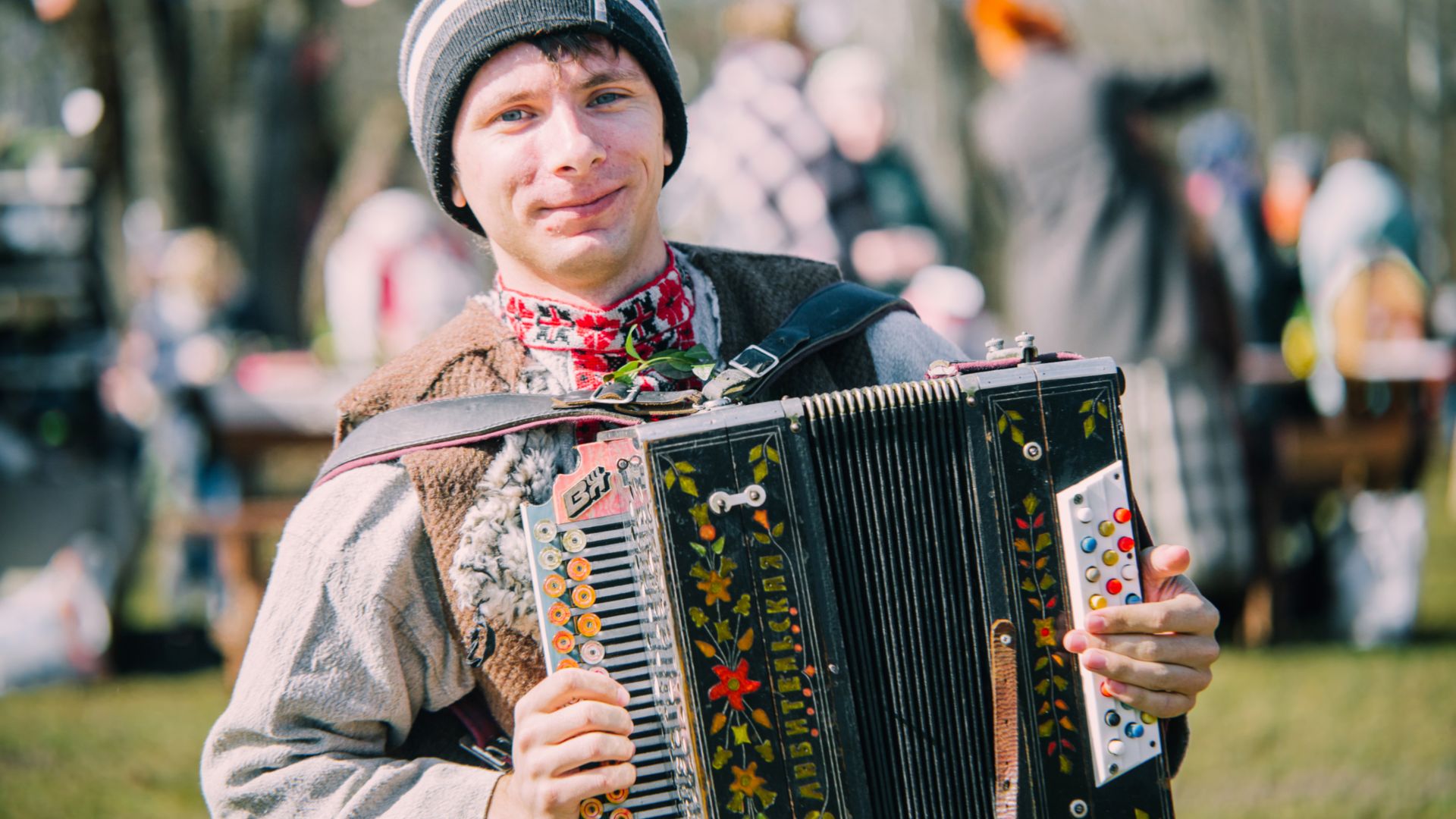 Mikhail Kapychka, Wikimedia Commons
Mikhail Kapychka, Wikimedia Commons
Creole Language
The Louisiana Creoles have their own language that is unique to their region. It is a French Creole language spoken by their people, as well as some Cajuns and Anglo-residents of Louisiana.
Creole Language
As with many languages in colonized areas, it is a amalgamation of the original language and the influences of the people around them. For Louisiana Creole, it has elements of French, Spanish, African, and Native American.
Creole Language
Louisiana French is a variety of French language spoken throughout modern Louisiana. It is spoken by people who identify as Creole, Cajun, or French, as well as some other ethnic groups. Similar to other French variations, it is constantly enriched by regional influences.
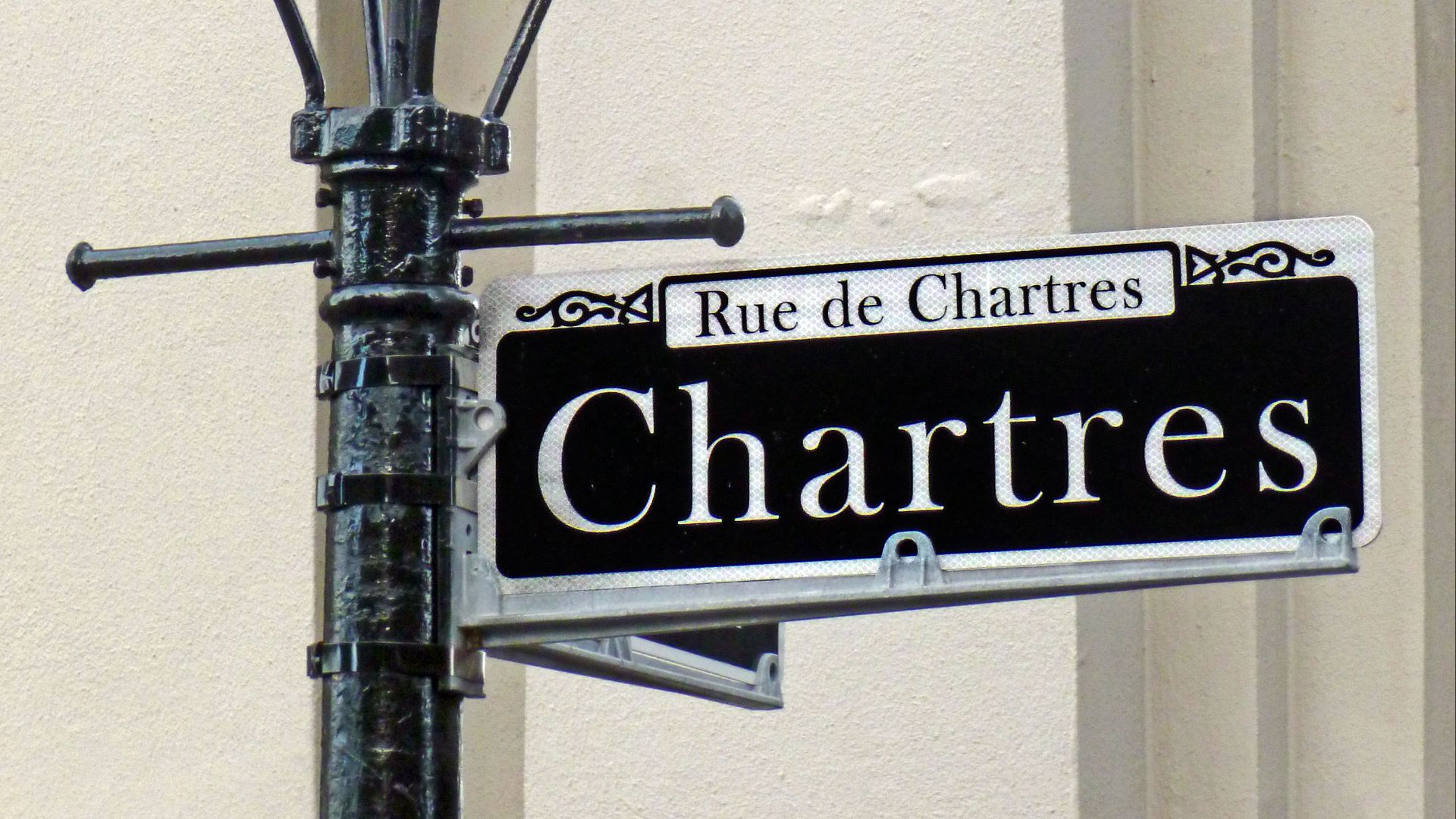 Calstanhope, Wikimedia Commons
Calstanhope, Wikimedia Commons
Creole Language
French is far from a “foreign language” in Louisiana. The US decennial censuses reported that roughly 250,000 Louisianians speak French, to some degree, in their homes. Several governors throughout the 19th century were French.
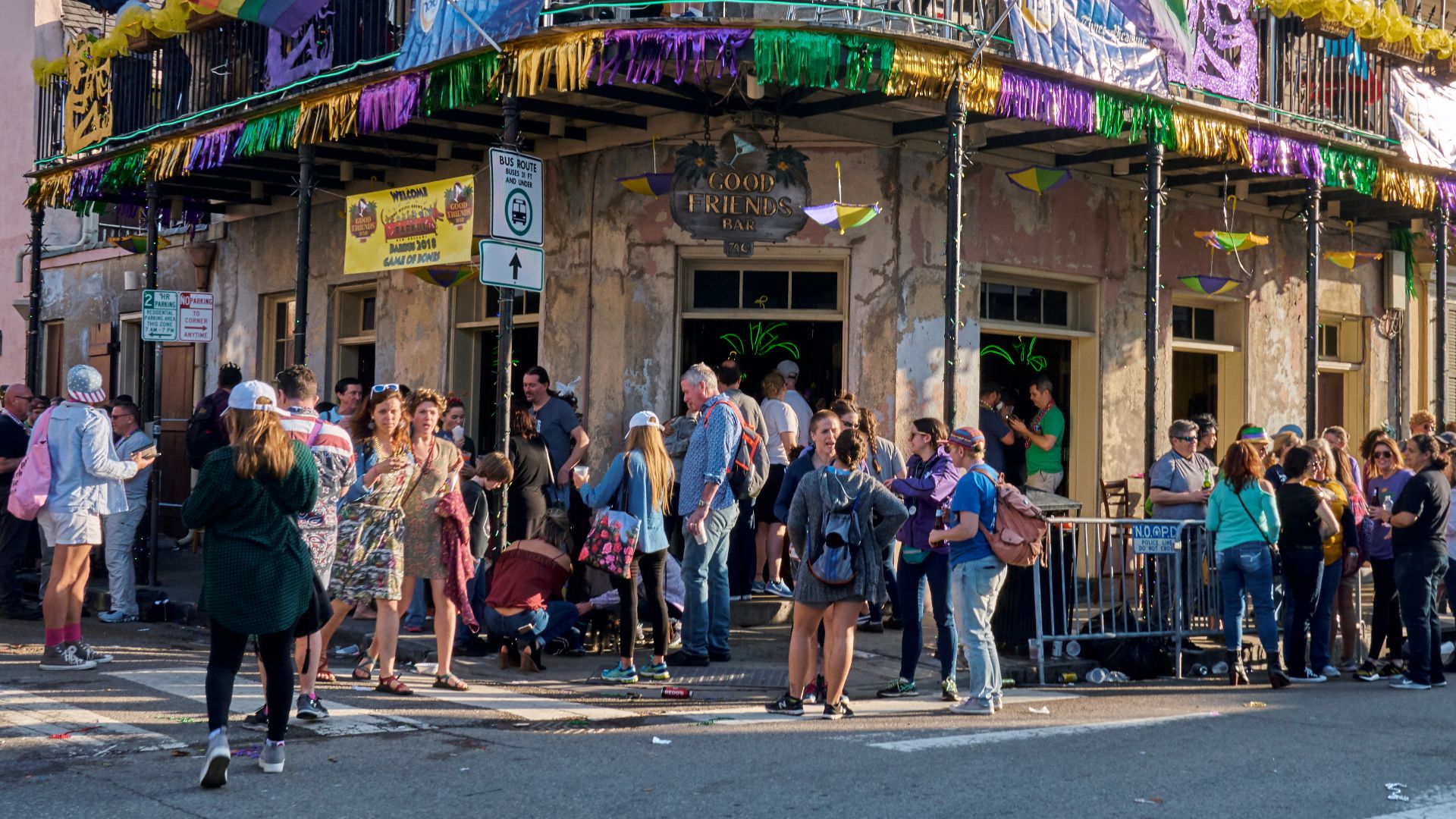 Pedro Szekely from Los Angeles, USA, Wikimedia Commons
Pedro Szekely from Los Angeles, USA, Wikimedia Commons
Mardi Gras
The biggest display of Creole culture known and celebrated throughout the world is Mardi Gras. While New Orleans is the biggest center for Mardi Gras, it is celebrated in many countries.
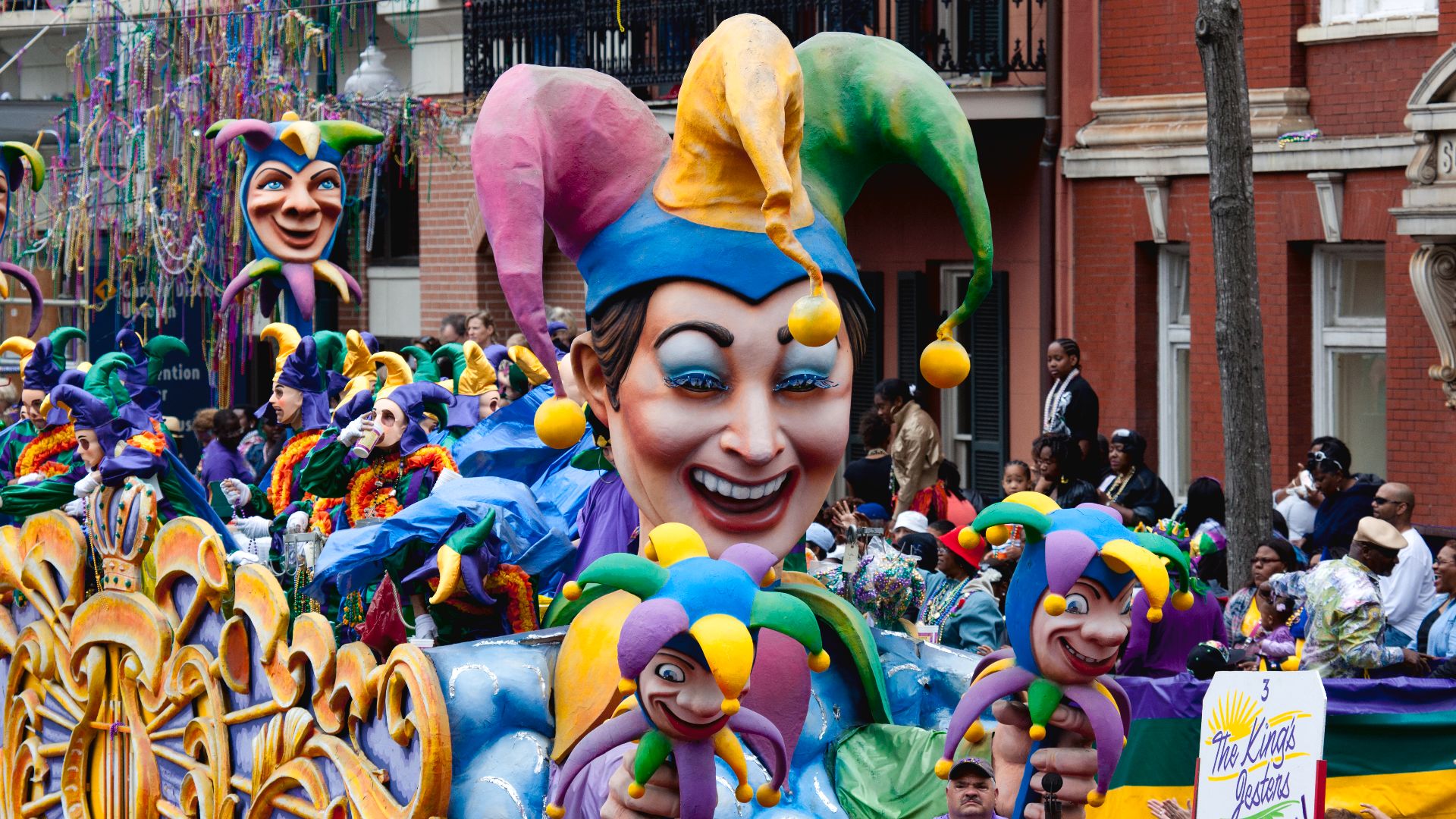 Carol M. Highsmith, Wikimedia Commons
Carol M. Highsmith, Wikimedia Commons
Mardi Gras
Mardi Gras is a carnival season that is in preparation for Lent. The bulk of the celebrations is centered around the two weeks before and through “Fat Tuesday”, the day before Ash Wednesday.
 Janis Johnson, Wikimedia Commons
Janis Johnson, Wikimedia Commons
Mardi Gras
Mardi Gras is known for its bright colors, vibrant celebrations, and parades. However, in New Orleans, Mardi Gras specifically relates to the Tuesday before Lent, which is known as Fat Tuesday or Pancake Day in other parts of the world.
You May Also Like:
The Strange History Of Mardi Gras
The Hidden Power Of Black New Orleans, From Voodoo To Jazz

